How to Write Midjourney Prompts
ImagesArt.ai
5/10/2025
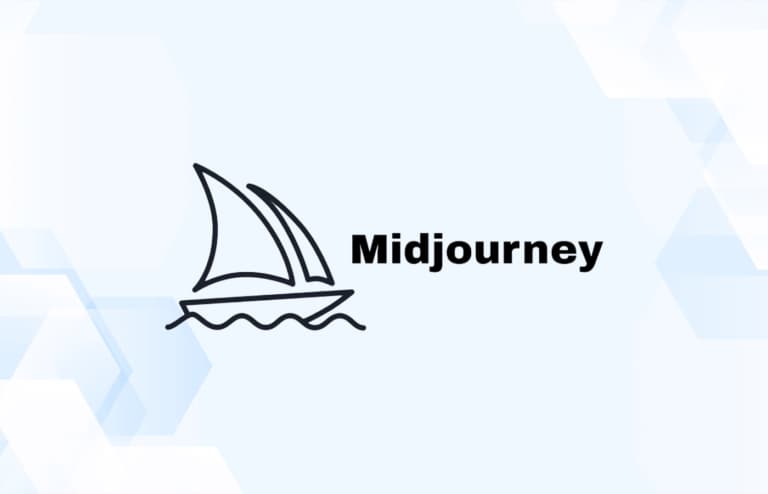
1. Midjourney Prompts: The Basics
What is Midjourney
- Midjourney is an advanced generative AI model that turns prompts into images
- Midjourney uses written descriptions (text prompts) and images (image prompts) to generate high-quality images
- Midjourney is the current state-of-the-art model for image generation, followed by DALL-E, Grok, Flux, Adobe Firefly, and Stable Diffusion, among others
- Midjourney is developed by a team of researchers in an independent research lab (Midjourney Inc.), headed by David Holz
How does Midjourney work?
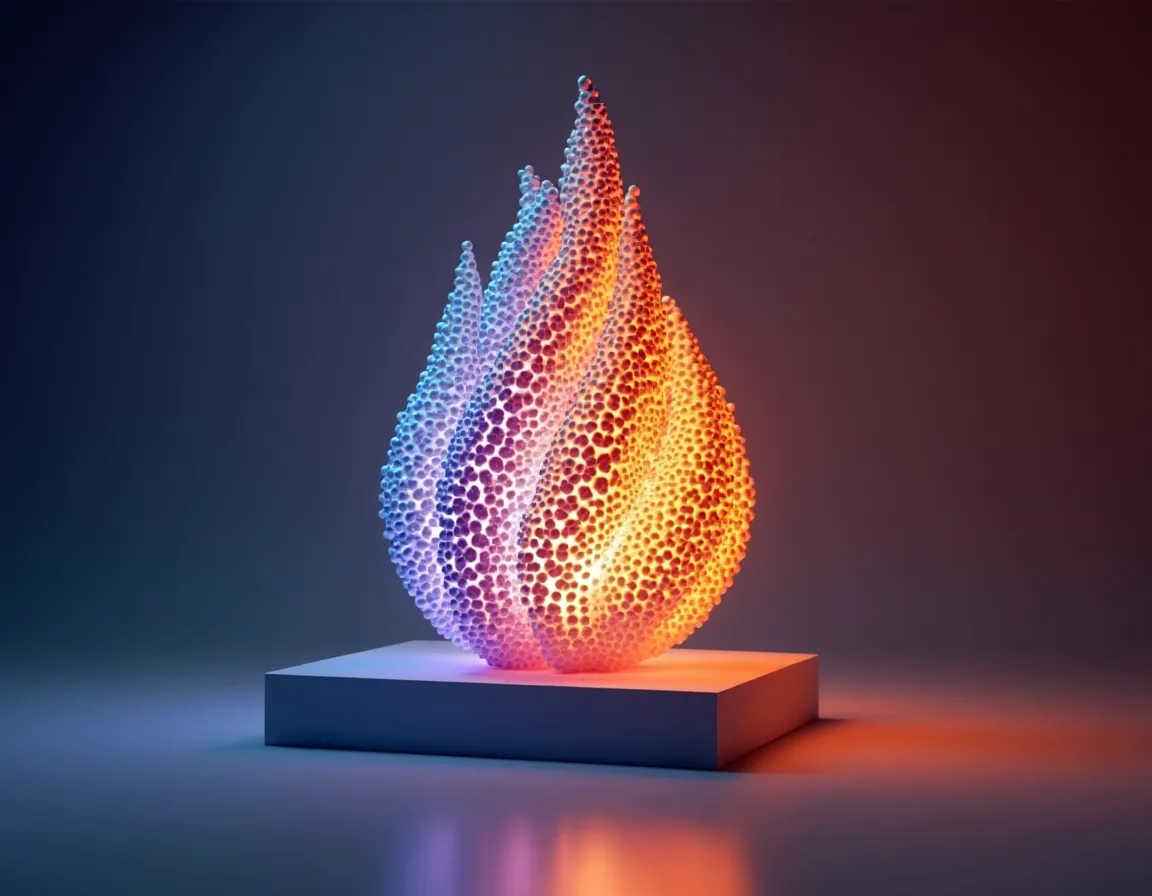
- Midjourney uses a diffusion model to generate images
- The process involves gradually transforming random noise into images through multiple steps
- The models are trained on vast datasets of images paired with text descriptions
- The exact technical details are not public since Midjourney is an independent, self-funded company
Elements of a Midjourney Prompt
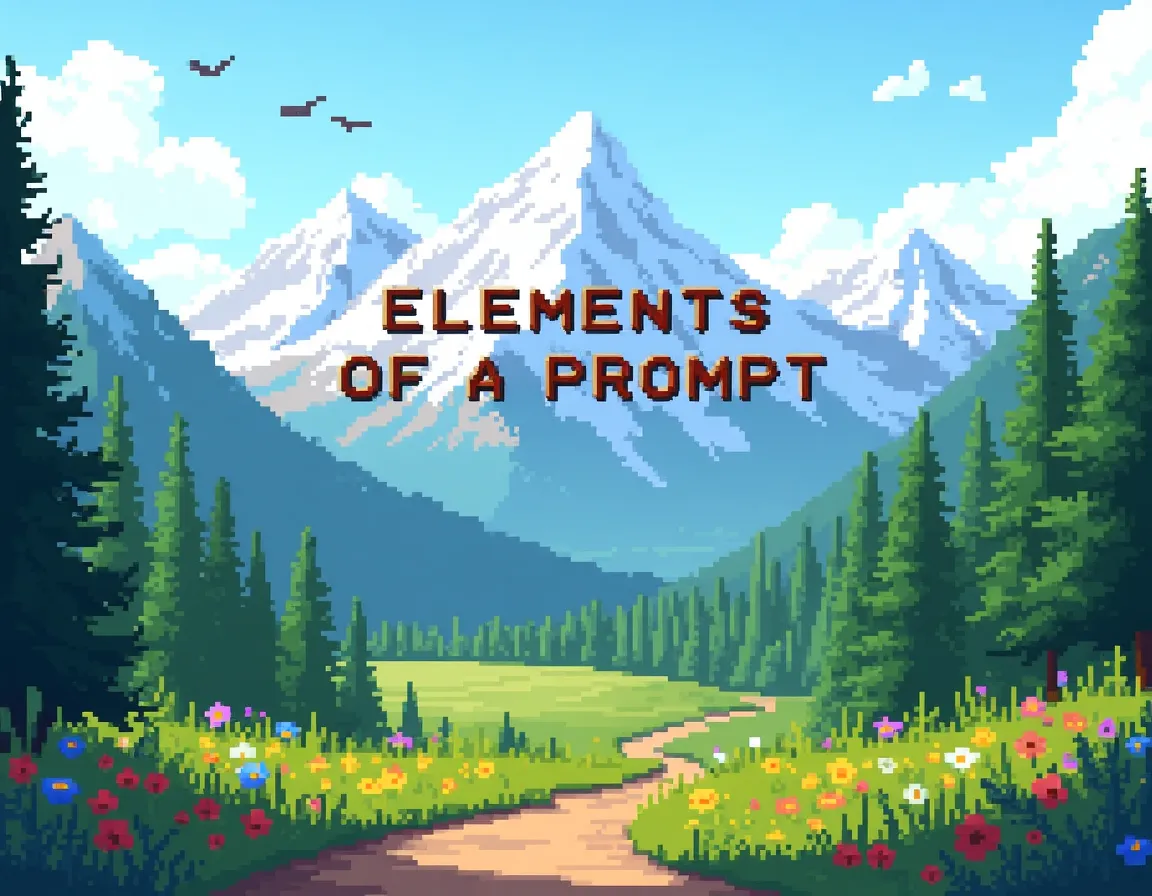
- Text, images, and parameters are the main elements used in prompting Midjourney
- Using all the elements is not required, but it can help in perfecting prompts to get optimal outputs from Midjourney
- These elements and their subcategories will be explored in the course
Image Prompting for Midjourney
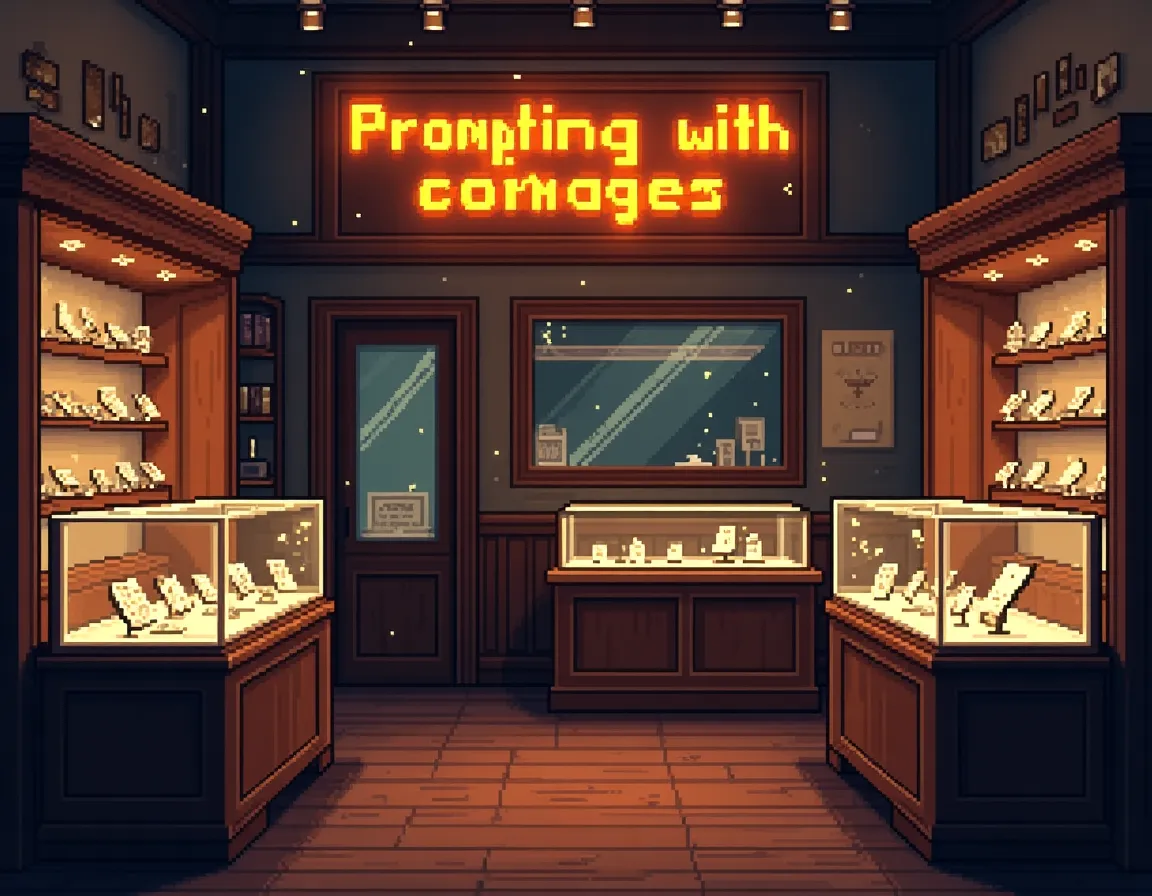
- Images can be used in three ways: image reference, character reference, and style reference
- Multiple images can be used simultaneously
- The same image can serve multiple reference types
- Users can use images from "Explore" and "Create" workspaces, or upload their images in JPG, GIF, or PNG formats
2. Midjourney Prompt Guide: Basic Structure
Model Selection
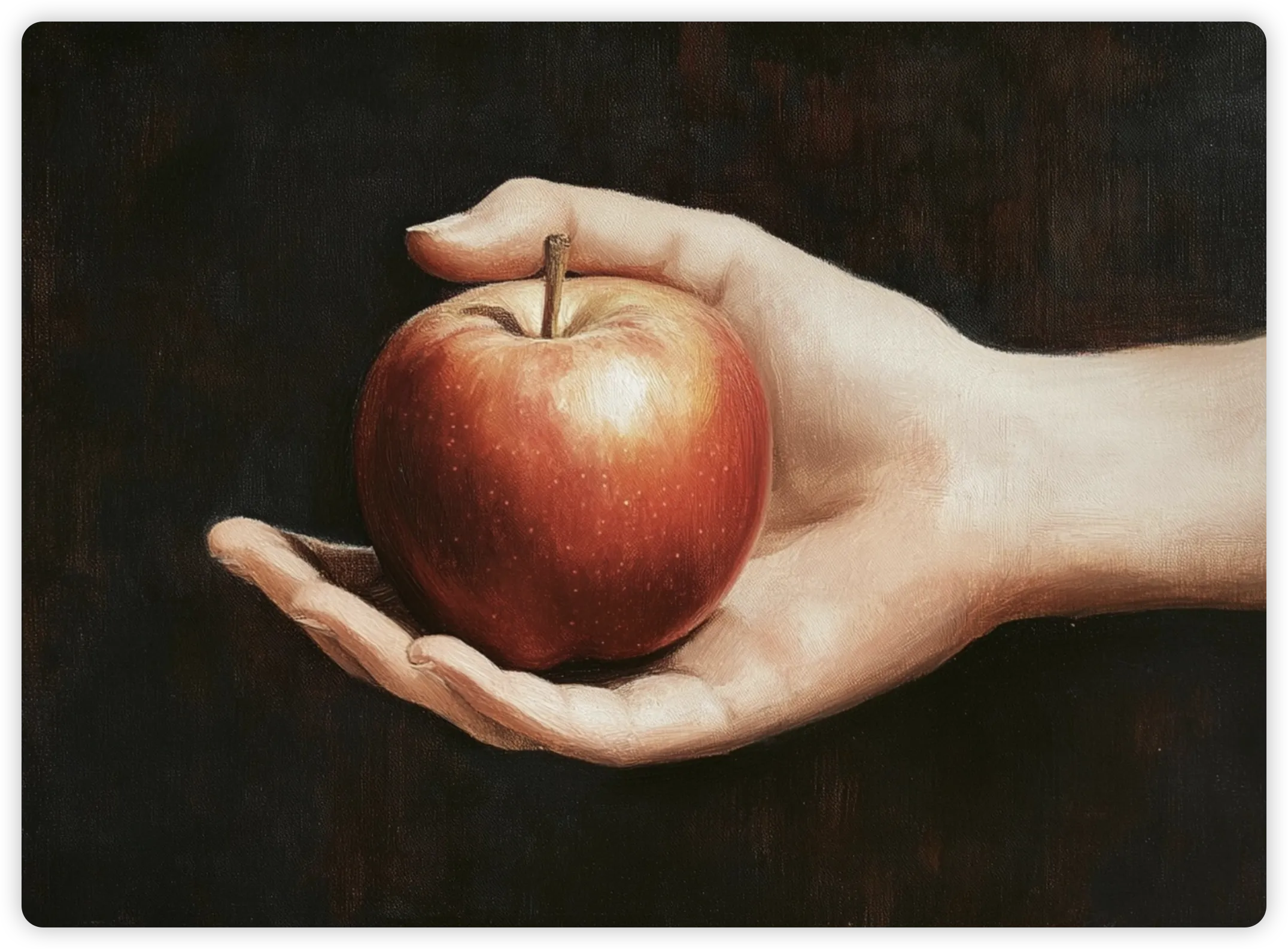
-
Default model (version 6.1) - Released on July 30th, 2024
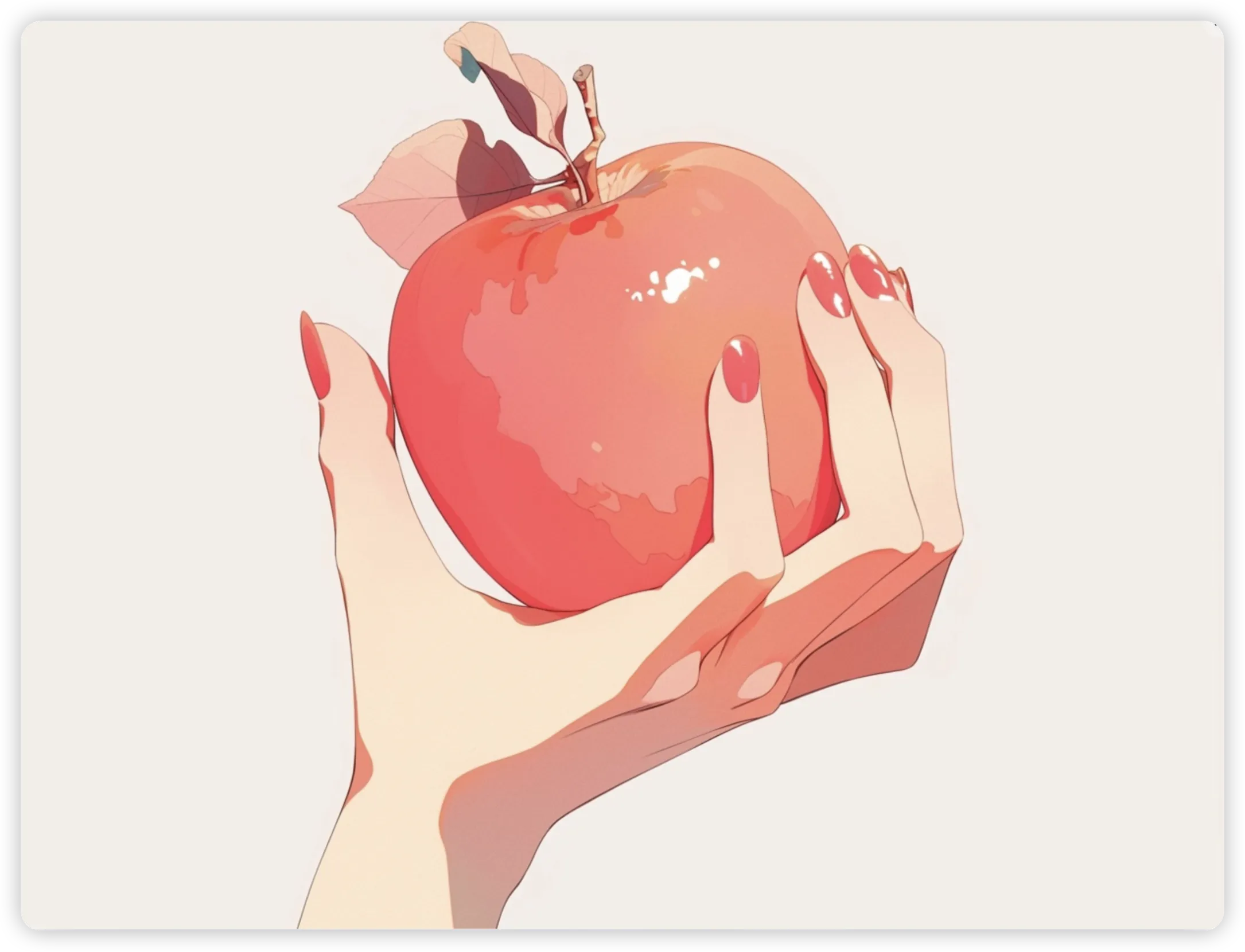
-
Anime-focused model "Niji" (version 6)
The default model handles many styles and subjects. In contrast, the Niji model is used in anime and illustrative styles, particularly for dynamic action shots and character-focused compositions.
Model Selection Recommendations
- For most tasks, using the latest version of a model is recommended as the best option
- For anime or illustration style images, use the latest Niji model
- For non-anime/illustration needs, use the latest default model
General Tips on Text Prompting
- Keep prompts short and simple when starting, focusing on concise descriptions
- Structure prompts using four elements: subject, action, medium, and style
- The default style will fill in unspecified details
- Adding more details gives better control, but increases complexity
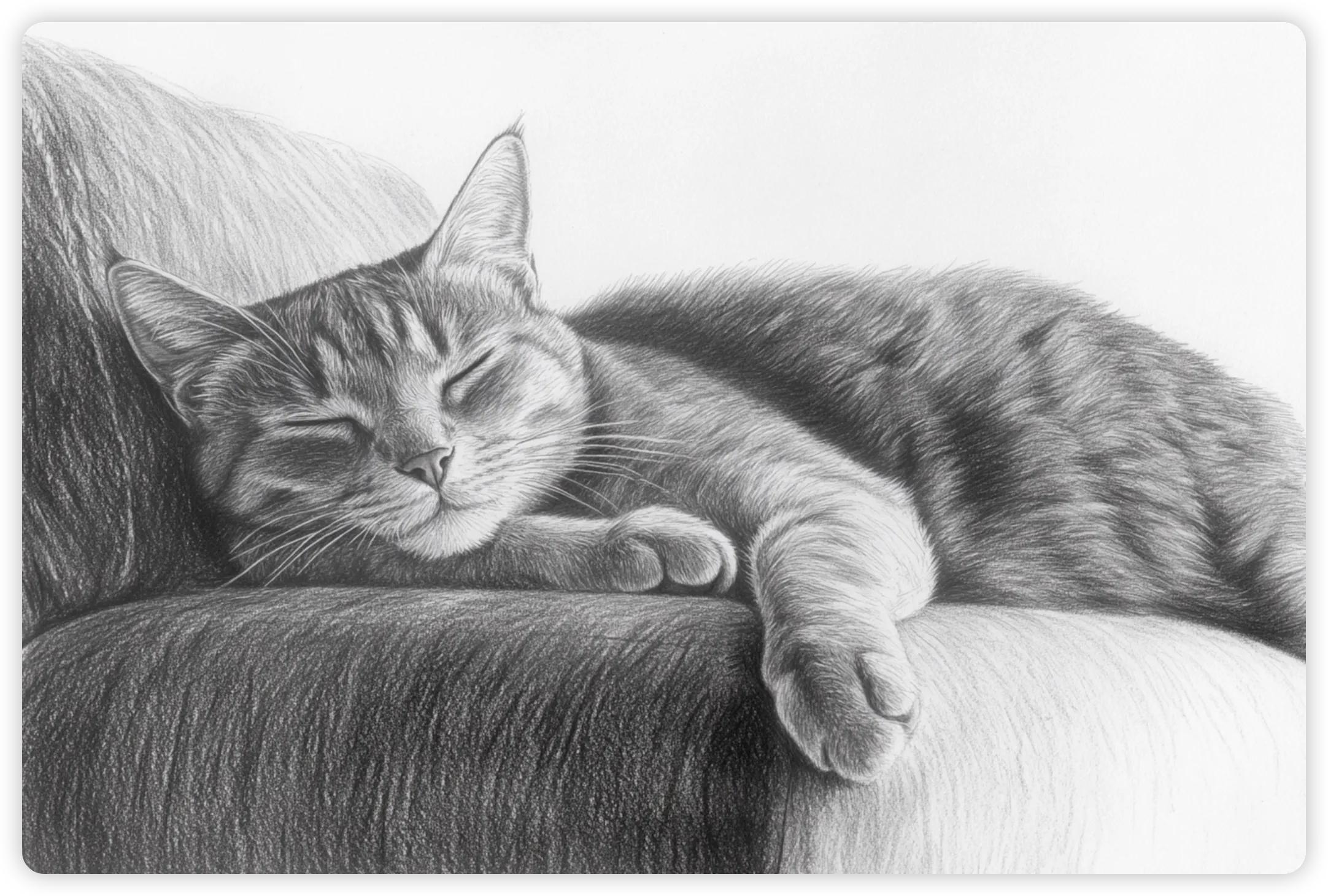
Prompt
A cat, lying on a sofa, pencil drawing, in the style of minimalism
Midjourney Prompt Format
- Place the main subject at the start of the prompt, followed by style or composition details
- Separate different elements with commas
- Avoid extra phrases like "Show me an image of..." or "generate an image of..."
- Keep prompts focused and remove unnecessary words
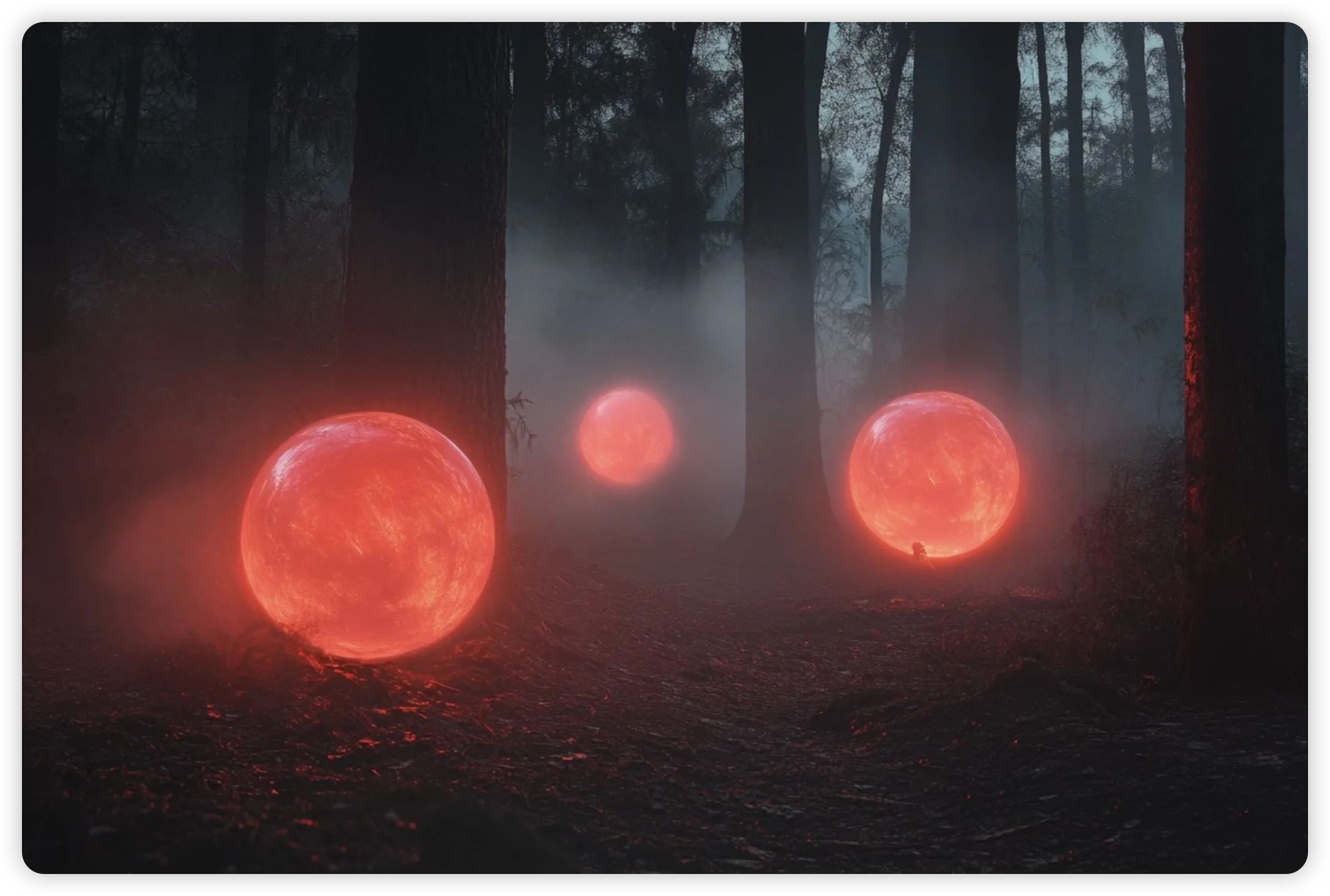
Prompt:
Three brightly glowing red orbs, in a dark forest with thick mist, dynamic lighting, and an eerie atmosphere
Prompt Length Limitations
- The system may ignore content exceeding approximately 40 words
- Content beyond 60 words is highly likely to be disregarded
- Anything after 80 words will almost certainly be truncated
- To maximize effectiveness, keep your prompts concise and focused on essential elements
Word Choices for Midjourney Prompts
- Selecting specific words is crucial as they can significantly impact the generated result (e.g., using "big" vs "massive")
- Use clear, specific descriptions rather than generic terms like "cool" or "nice"
- Art-related terms such as "cinematic" or "photorealistic" are effective keywords for generating images in those specific styles
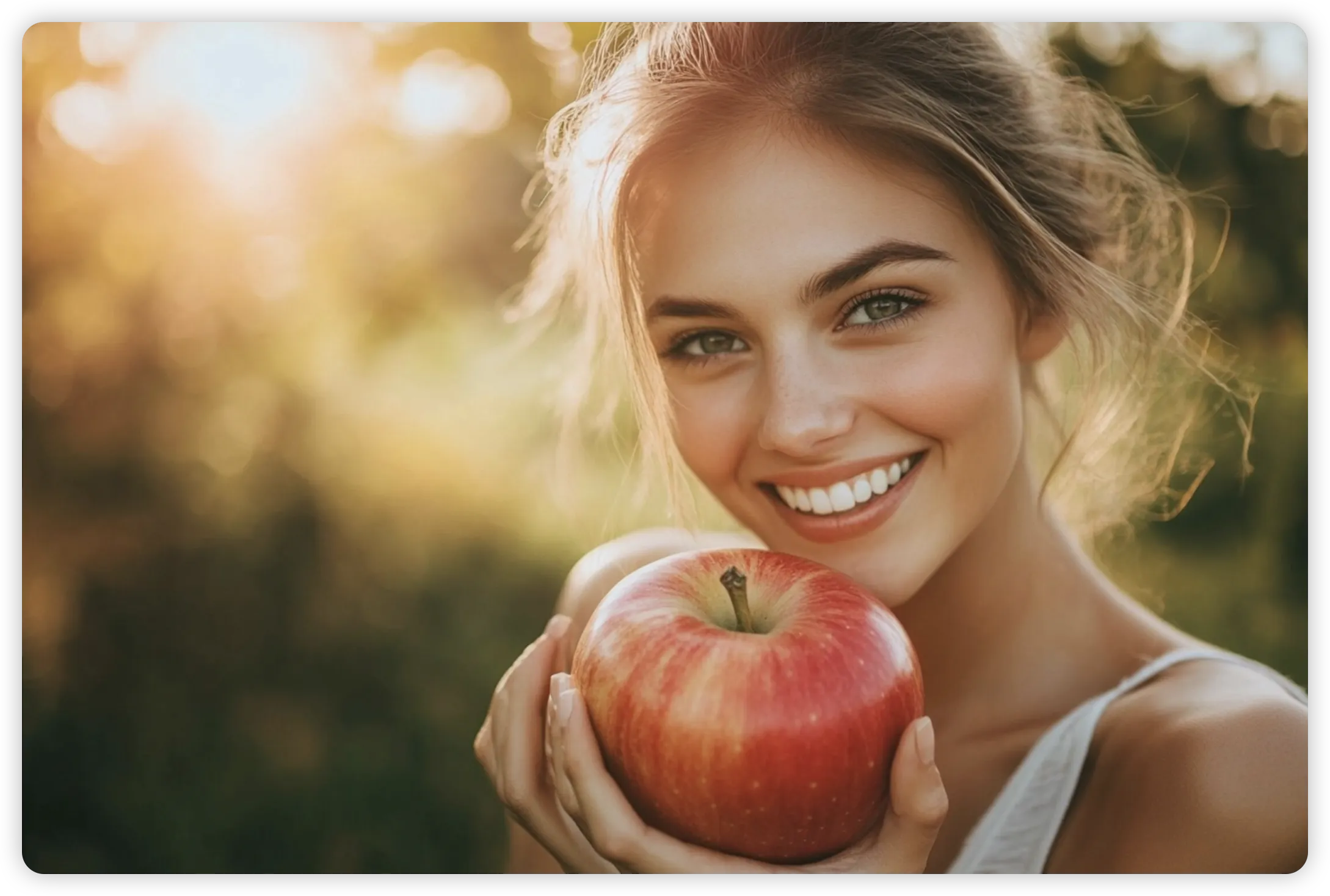
Prompt
A smiling woman holding a big apple
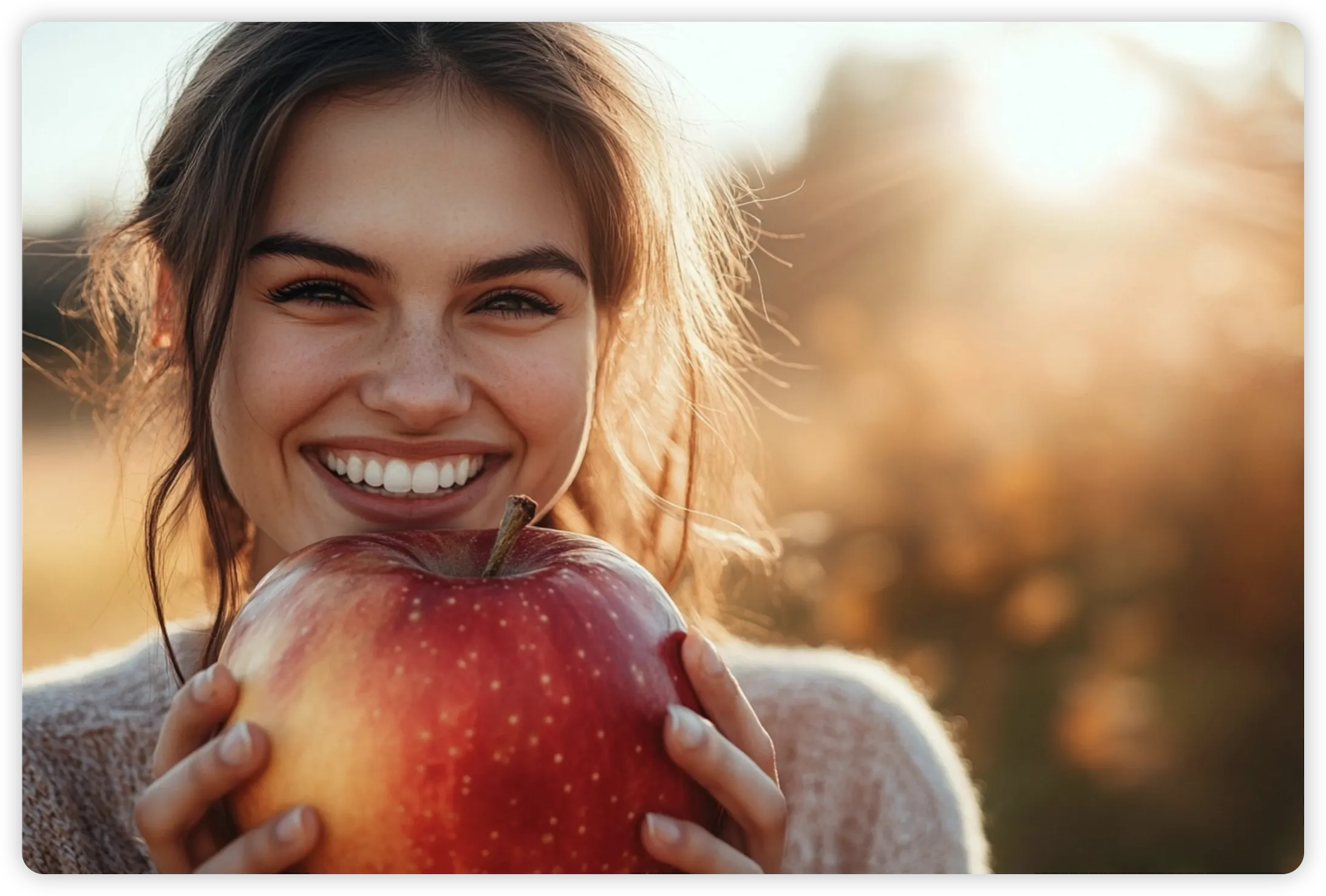
Prompt
A smiling woman holding a massive apple
Using ChatGPT to Enhance Midjourney Prompts
Leverage the power of multiple AI tools by using ChatGPT to help craft your Midjourney prompts. This approach can significantly enhance the quality and creativity of your generated images. The process involves:
- Describing your initial concept to ChatGPT
- Asking ChatGPT to expand and refine your description with appropriate details and terminology
- Using the enhanced description as your Midjourney prompt
- Iterating based on results
3. Key Elements of Effective Prompts
Context and Details
- Subject: person, animal, character, location, object
- Medium: photo, painting, illustration, sculpture, doodle, tapestry
- Environment: indoors, outdoors, on the moon, underwater, in a city
- Lighting: soft, ambient, overcast, neon, studio lights, golden hour
- Color: , muted, bright, , colorful, black and white, pastel
- Mood: calm, raucous, energetic, ominous
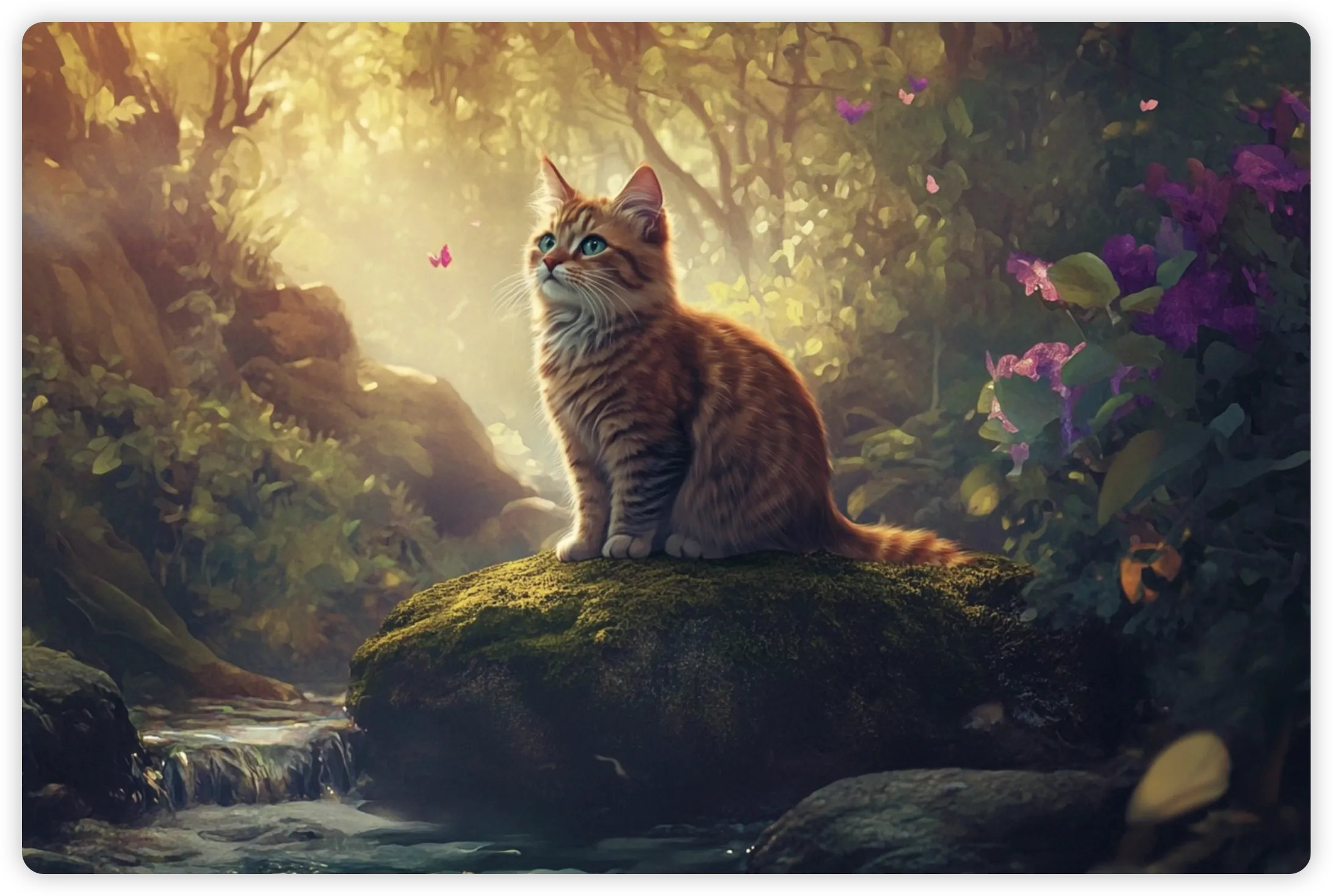
Prompt:
A mystical cat (Subject) sitting on a mossy rock by a forest stream, digital painting (Medium), in a and magical forest environment (Environment), soft ambient lighting (Lighting), colorful and pastel palette (Color), calm and enchanting mood (Mood)
Shot & Composition Types
-
Using a specific shot type helps the model generate better images if you already have a composition in mind
-
Use these terms to help the model with image composition:
○ Portrait
○ Headshot
○ Close-up
○ Medium shot
○ Wide shot
○ Bird's eye view
○ Over-the-shoulder
○ Low-angle shot
○ High-angle view
○ POV
○ Establishing shot
○ Macro shot

Prompt
A cat the air, in a field of wheat, bird's eye view
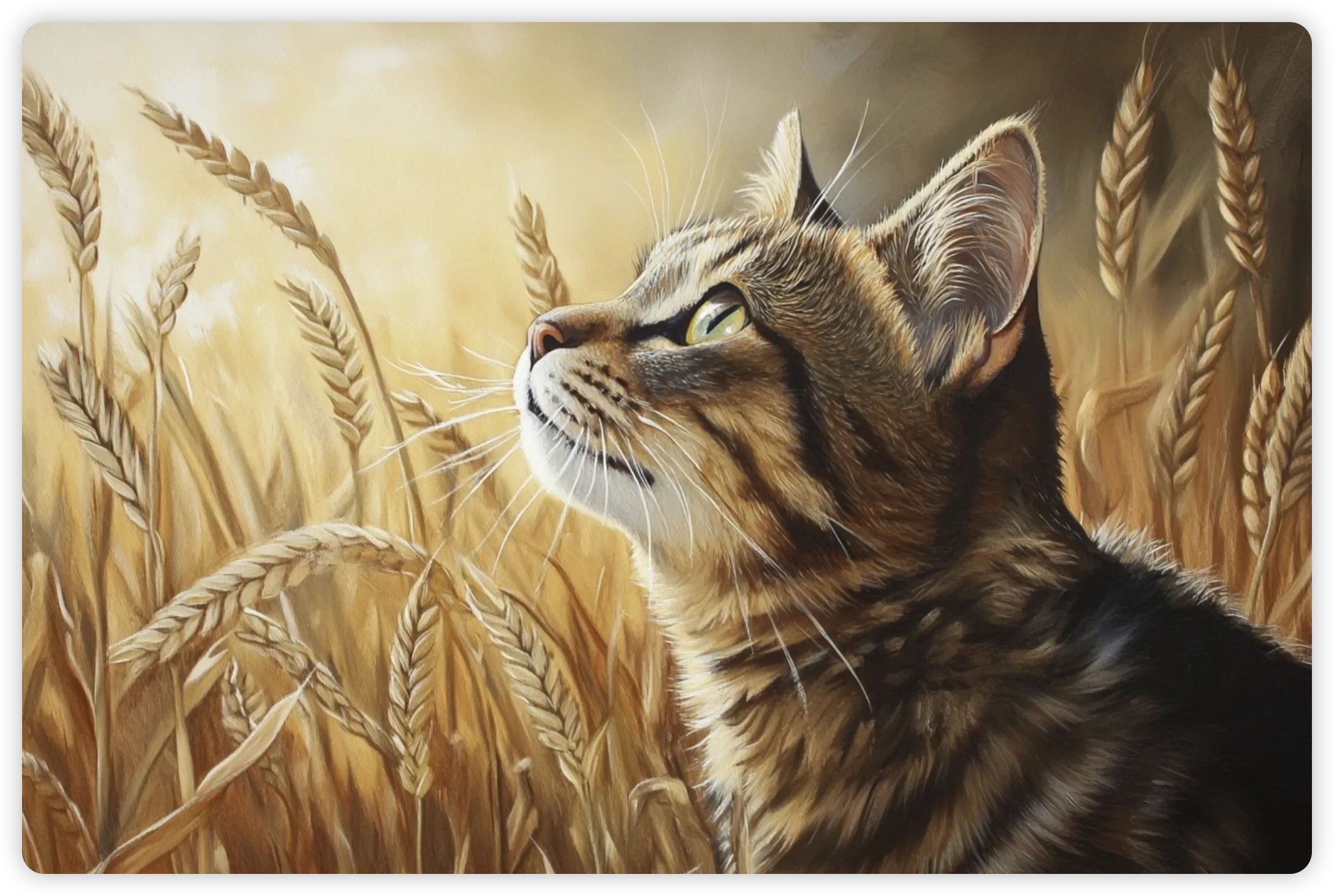
Prompt
A cat the air, in a field of wheat, portrait shot
Generating Text in Images
- Generating text in images can be challenging
- Include desired text in quotes: "text"
- Use specific prompt phrases like:
- "insert text" written on a sign
- The text "insert text" glowing on a neon sign
- Hot coals in a fire pit forming the words "insert text"
- Keep text short as full sentences often fail to generate correctly
- Specify the style or context of the text if needed
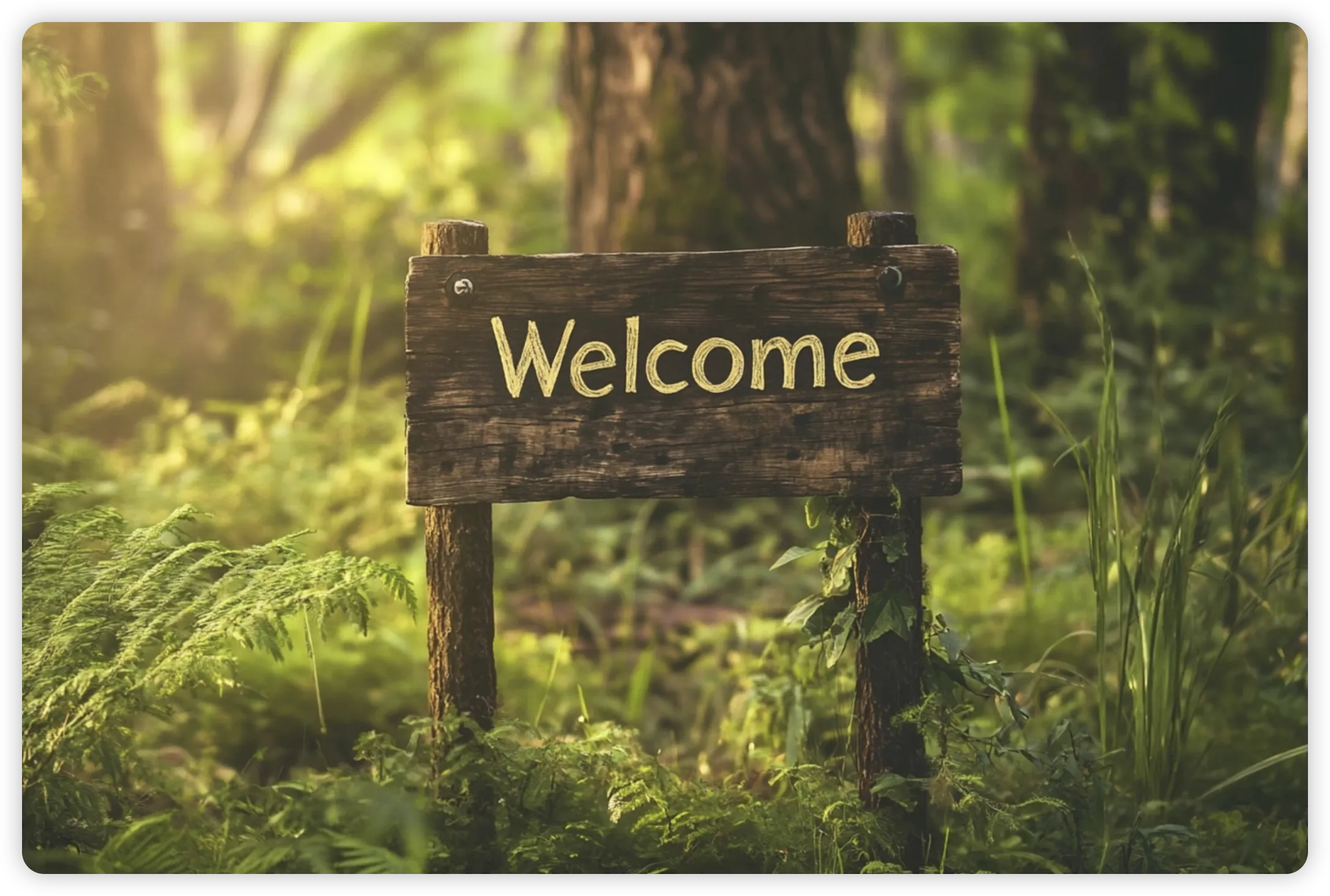
Prompt
A rustic wooden sign in a lush green meadow, with the text "Welcome" written in bold, hand-painted letters, soft sunlight, and a naturalistic style
Prompting for Photography Styles
To generate photographic style images, specify:
- Camera types: Sony A7, Nikon Z, Fujifilm X-T5, Canon EOS, dash cam, security camera, GoPro, DSLR, Polaroid, analog, digital
- Film stock: Daguerreotype, Washi film, Cyanotype, Ilford XP2 film, Cinestill 800T, redscale, Kodak portra 160, 35mm film
- Lens types: tilt shift lens, fisheye lens, macro lens
- Optical effects: lens, light, chromatic aberrations, double exposure, long exposure, motion blur, zoom blur
Add "--style raw" parameter at the end of your prompt
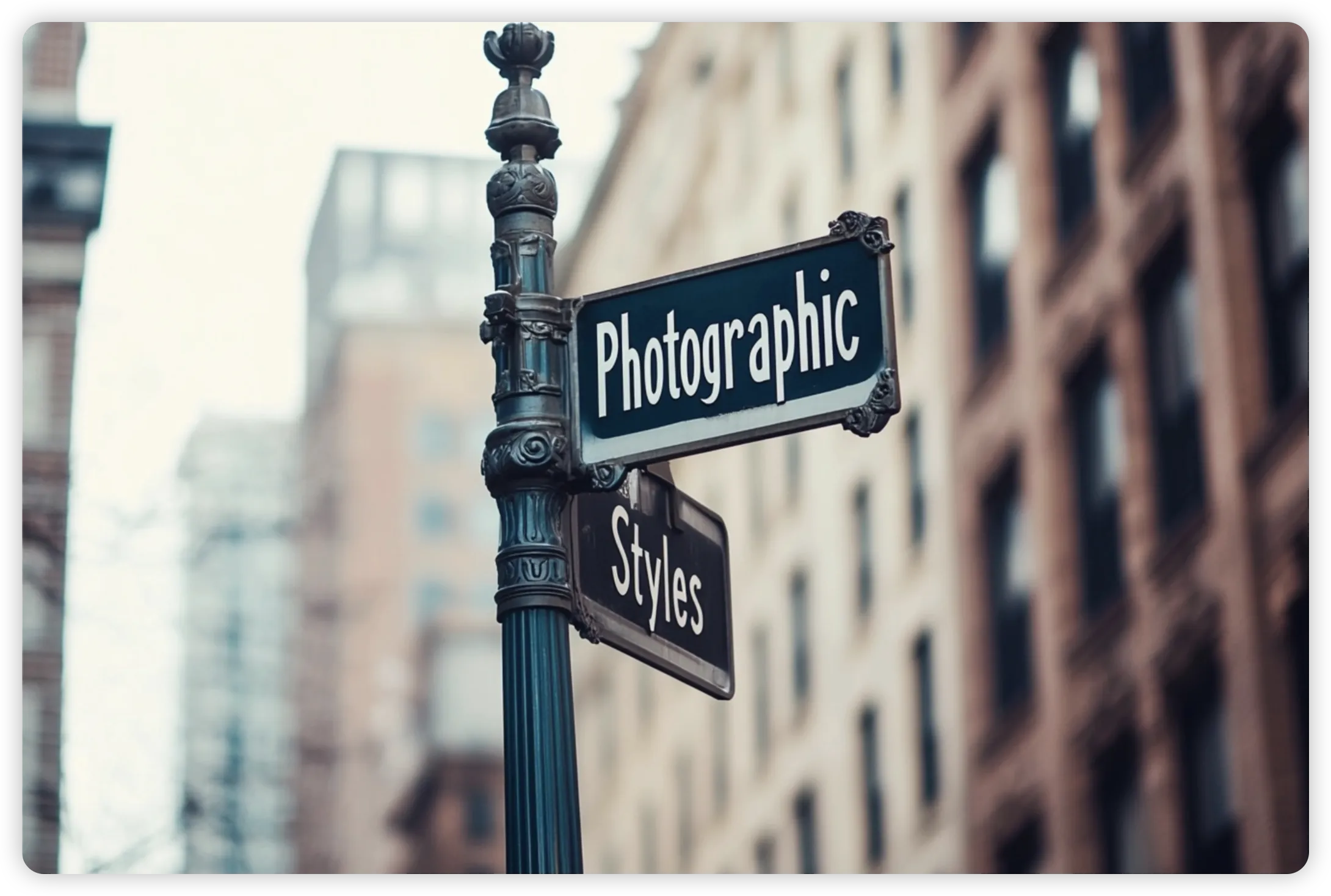
Prompt
Photo of a street name sign, "Photographic Styles" written on the sign, DSLR, 35mm film, tilt shift lens
4. Advanced Parameter Controls
Introduction to Parameters
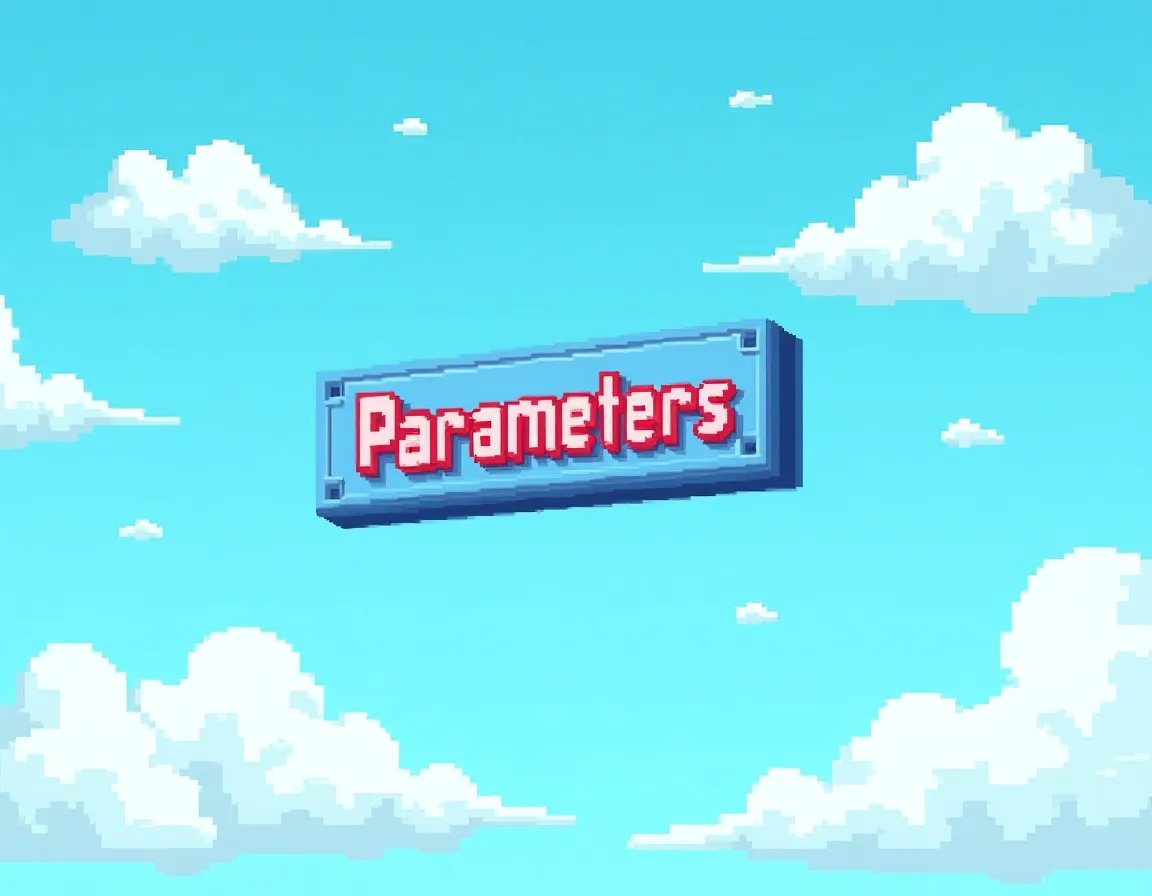
- Parameters are tools to customize prompts and guide image generation
- They are added after the text prompt in the Imagine bar
- Parameters start with two dashes "--" followed by the parameter name/abbreviation and sometimes a numeric value
- Multiple parameters can be used together, separated by spaces
Aspect Ratio —ar
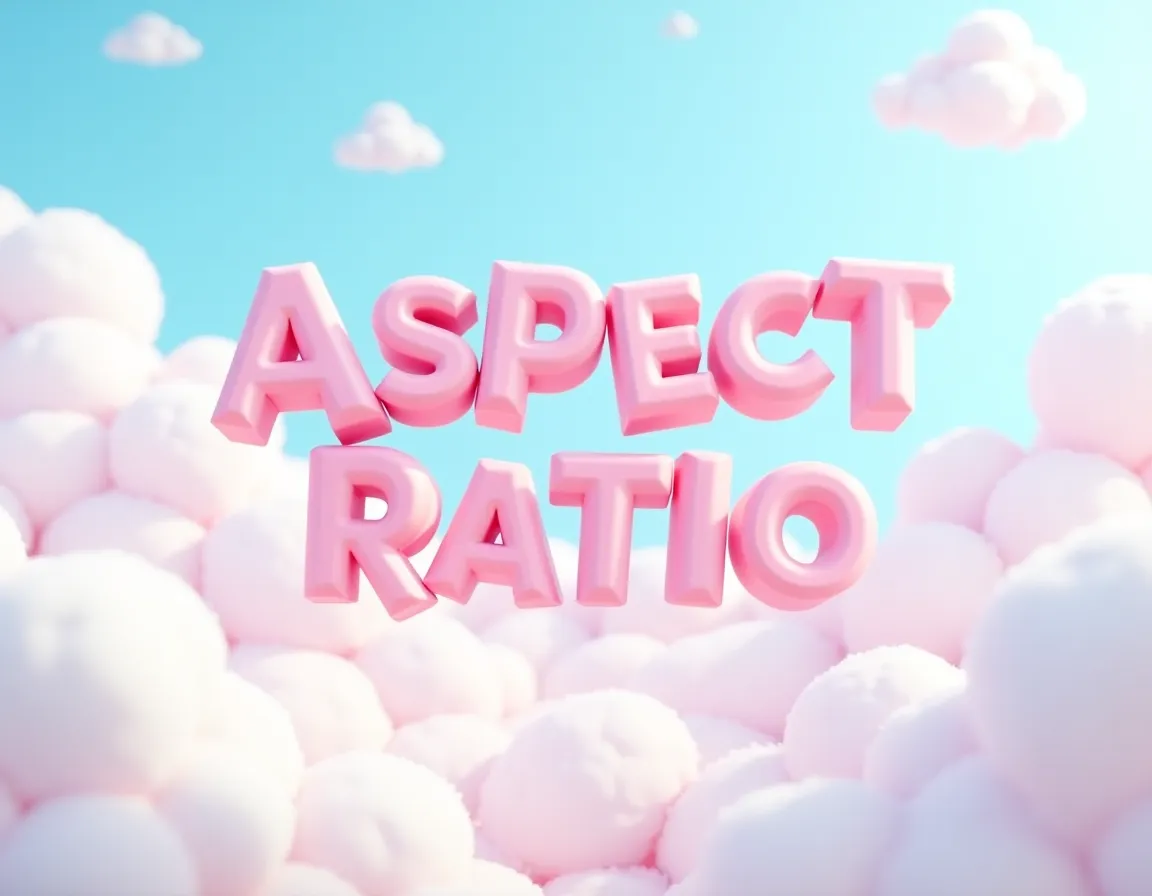
- Aspect ratio can be defined in a prompt using the parameter "--ar x:x"
- It overrules any current settings applied to generation tasks in the settings
- Example prompt provided: "A portrait of a woman in a red dress --ar 9:16"
- The ratio is limited to 1:14 / 14:1 in height/width
Model Version
- Corresponds to "Version" in settings and defines which Model Version is used
- Use "--v x" parameter, where x indicates the model number
- Accepts values: 1, 2, 3, 4, 5, 5.0, 5.1, 5.2, 6, and 6.1
- For Niji models, use "--niji" for the latest version, or "--niji" followed by 4 or 5 for older models
Stylize —s
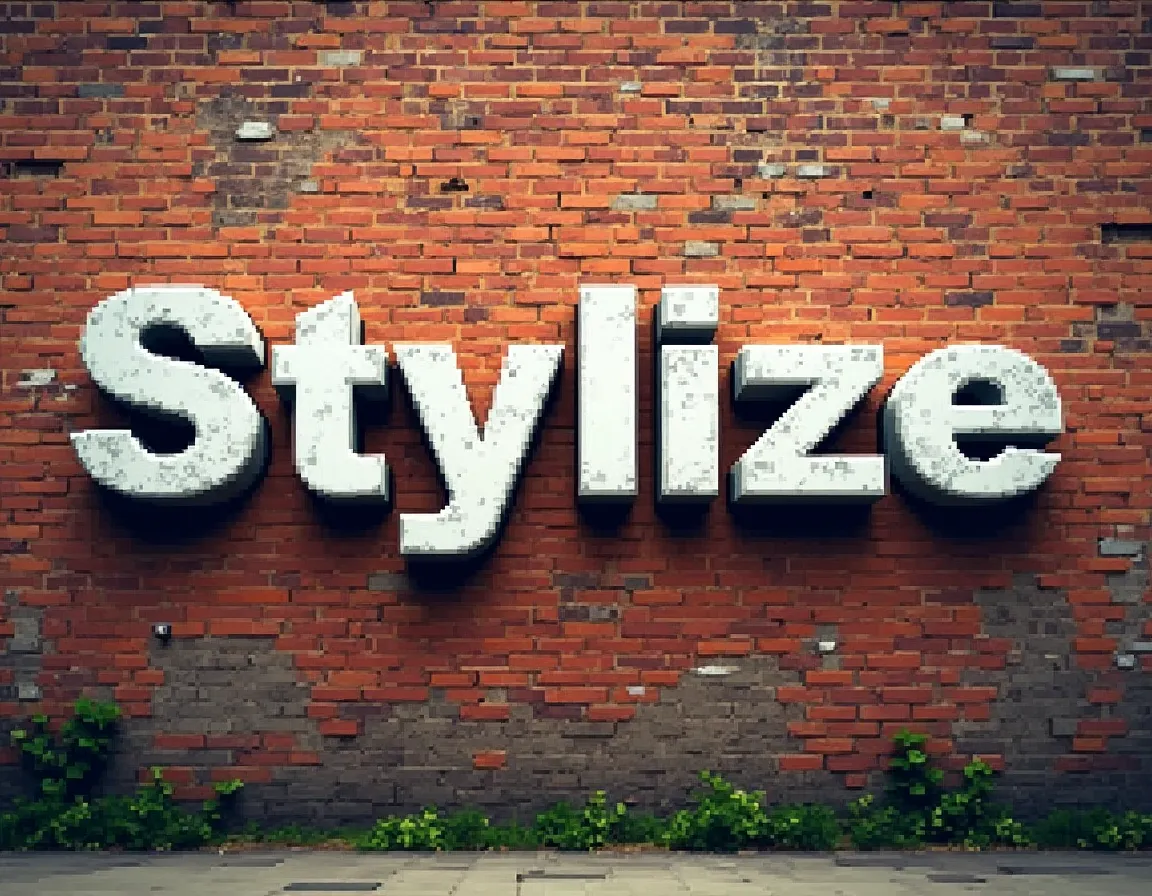
- Corresponds to the "Stylization" setting and controls how strongly Midjourney's aesthetic is applied
- Used with "--s x" where x is a value from 0 to 1000
- The default level is 100
- Low values produce images that closely match prompts but are less artistic
- High values create more artistic images but may deviate more from the original prompt
Weird —w
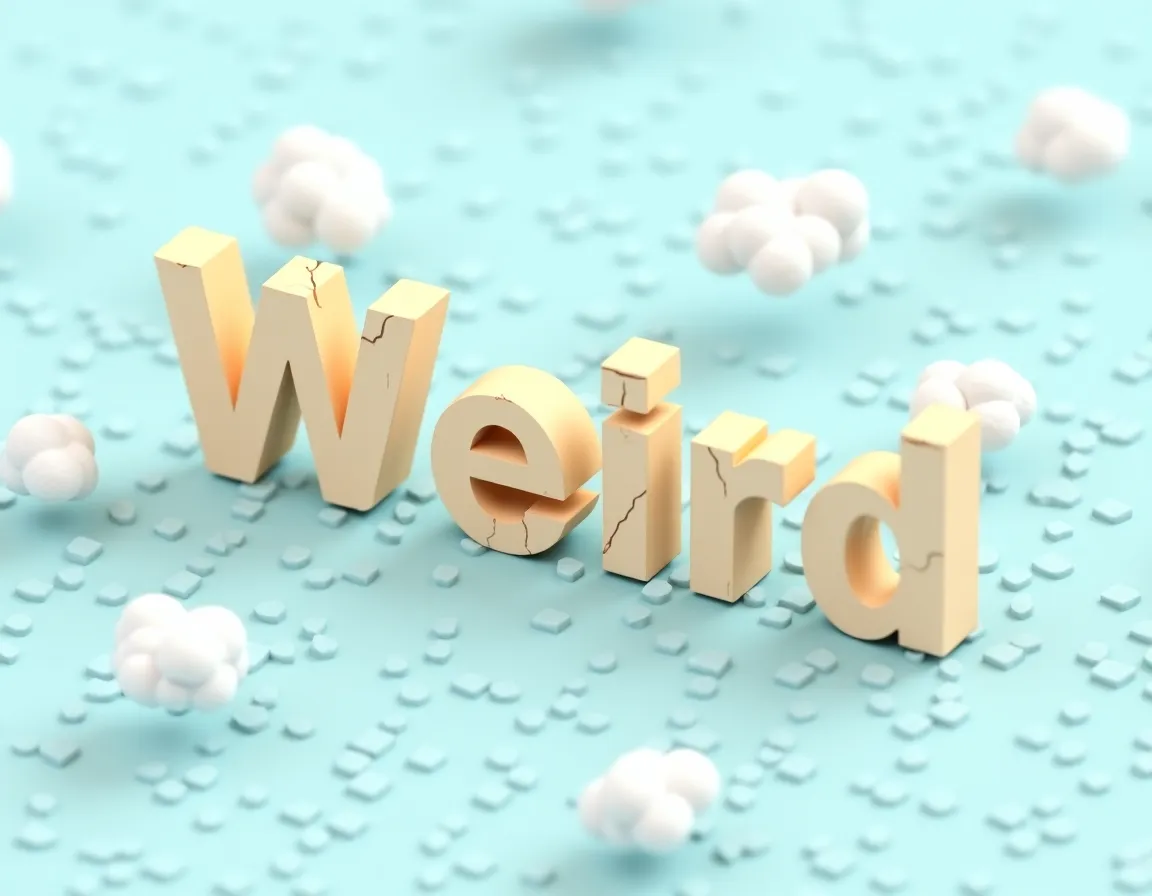
- Corresponds to "" in settings
- Used with "--w x" where x ranges from 0 to 3000
- The default value is 0
- Higher values create increasingly strange and unpredictable generations
Chaos —c
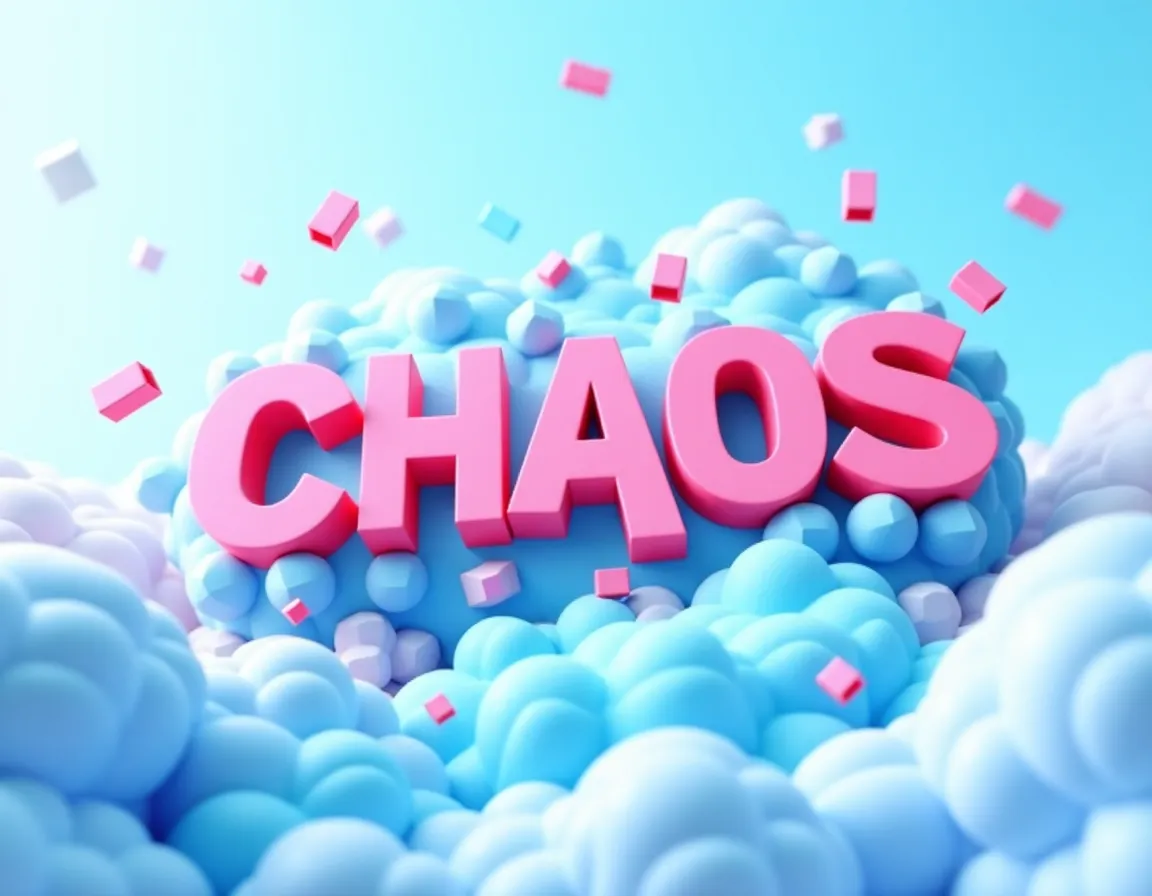
- Corresponds to "Variety" in settings, influences the diversity in each image generation batch of 4 per prompt
- Use "--c x", x indicating the value ranging from 0 - 100
- The default value is 0
- High values produce more unusual and unexpected results and compositions
- Lower values have more reliable and repeatable results
Image Weight —iw
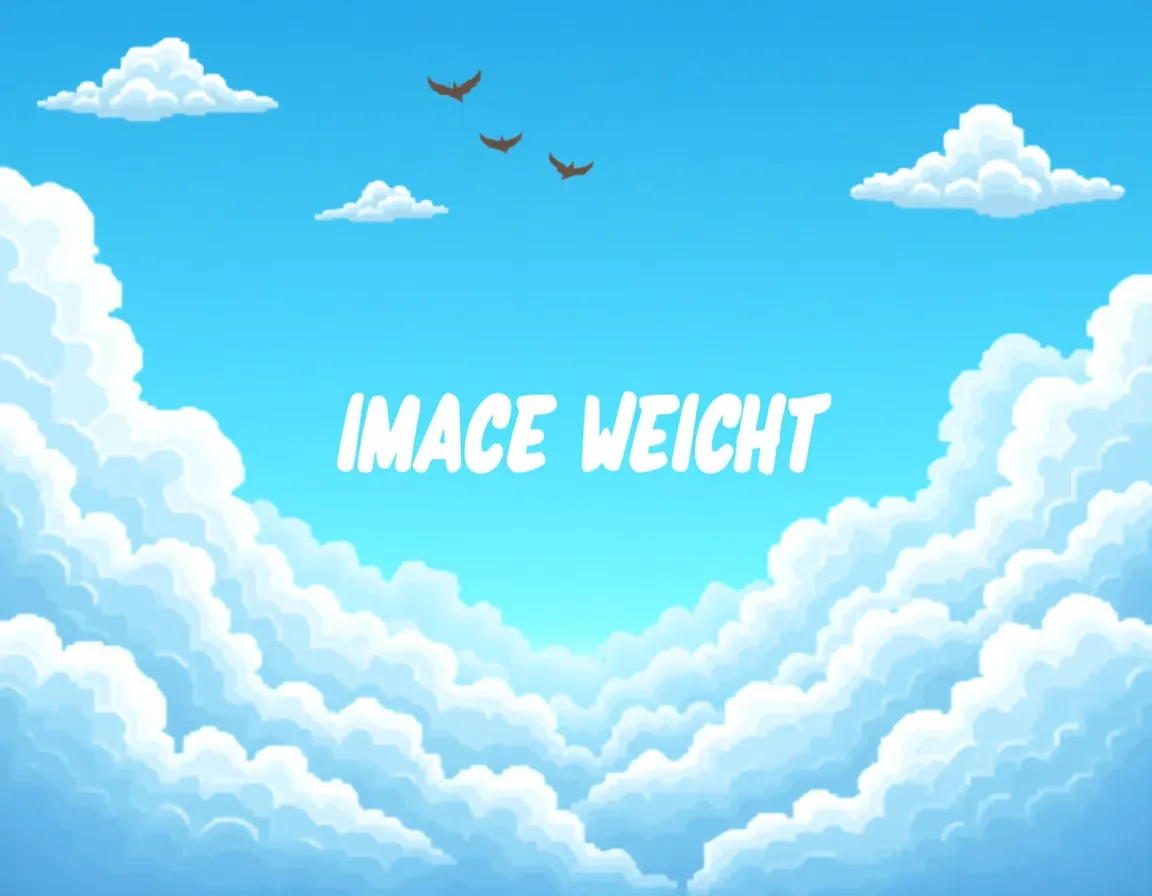
- Can only be used with Image Prompts
- Defines how strongly image prompts influence generated results
- Use "--iw x" parameter, where x ranges from 0 to 3
- The default value is 1
Character Weight —cw
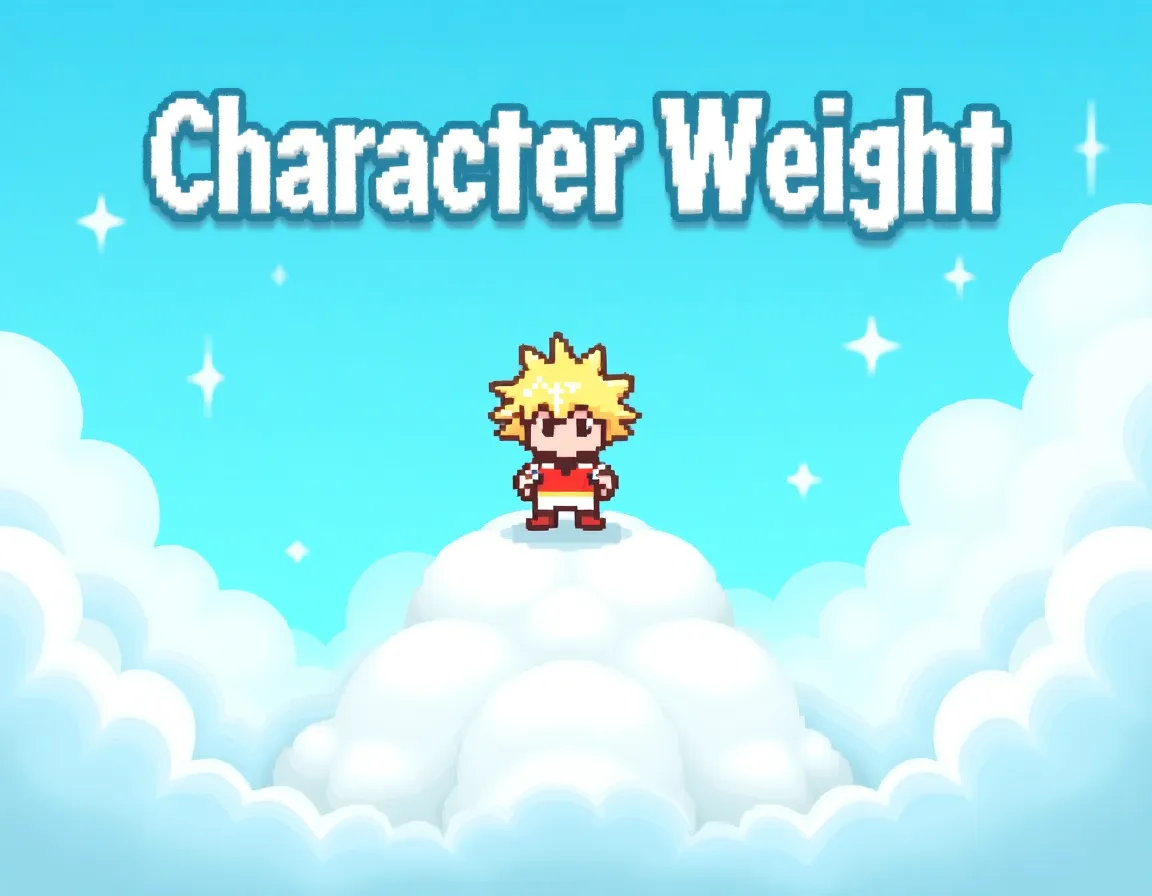
- Can only be used with Character Reference images
- Defines how strongly character reference prompts influence generated results
- Uses "--cw x" parameter with values from 0-100
- The default value is 100
Style Weight —sw
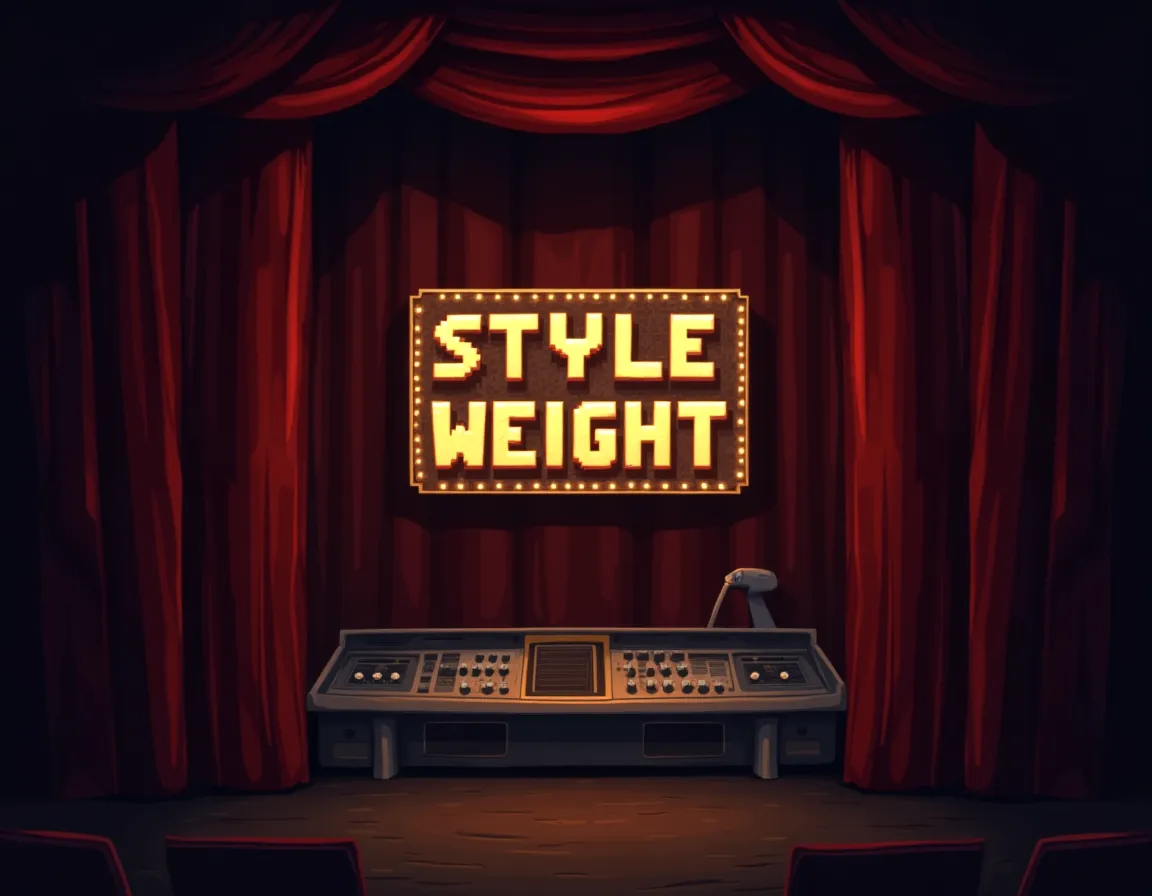
- Can only be used with Style Reference codes or images in the prompt
- Defines how strongly style reference images or codes influence generated results
- Uses "--sw x" parameter with values ranging from 0 to 1000
- The default value is 100
Negative Prompting —no

- The "--no x" parameter tells Midjourney what to exclude from generated images
- Multiple words can be included in the negative prompt, separated by commas
- An example prompt is shown: "A hand holding a baseball --no red, green, stadium"
- When wanting to avoid specific elements, they should not be included in the central text part of the prompt
Repeat —r
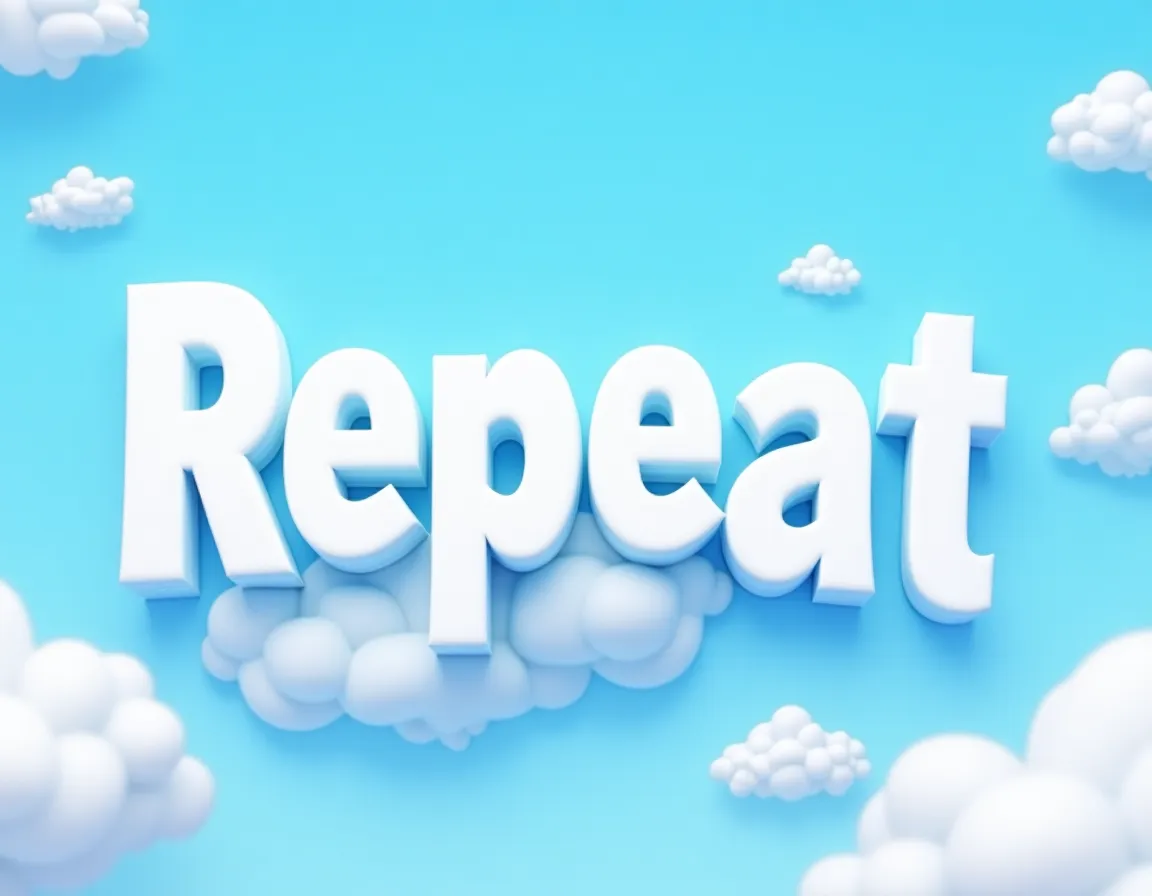
- The parameter allows multiple generations of the same prompt without restarting the generation task
- Value ranges by subscription level:
- Basic subscribers: 2-4
- Standard subscribers: 2-10
- Pro and Mega subscribers: 2-40
- Can only be used in Fast and Turbo mode
Quality —q
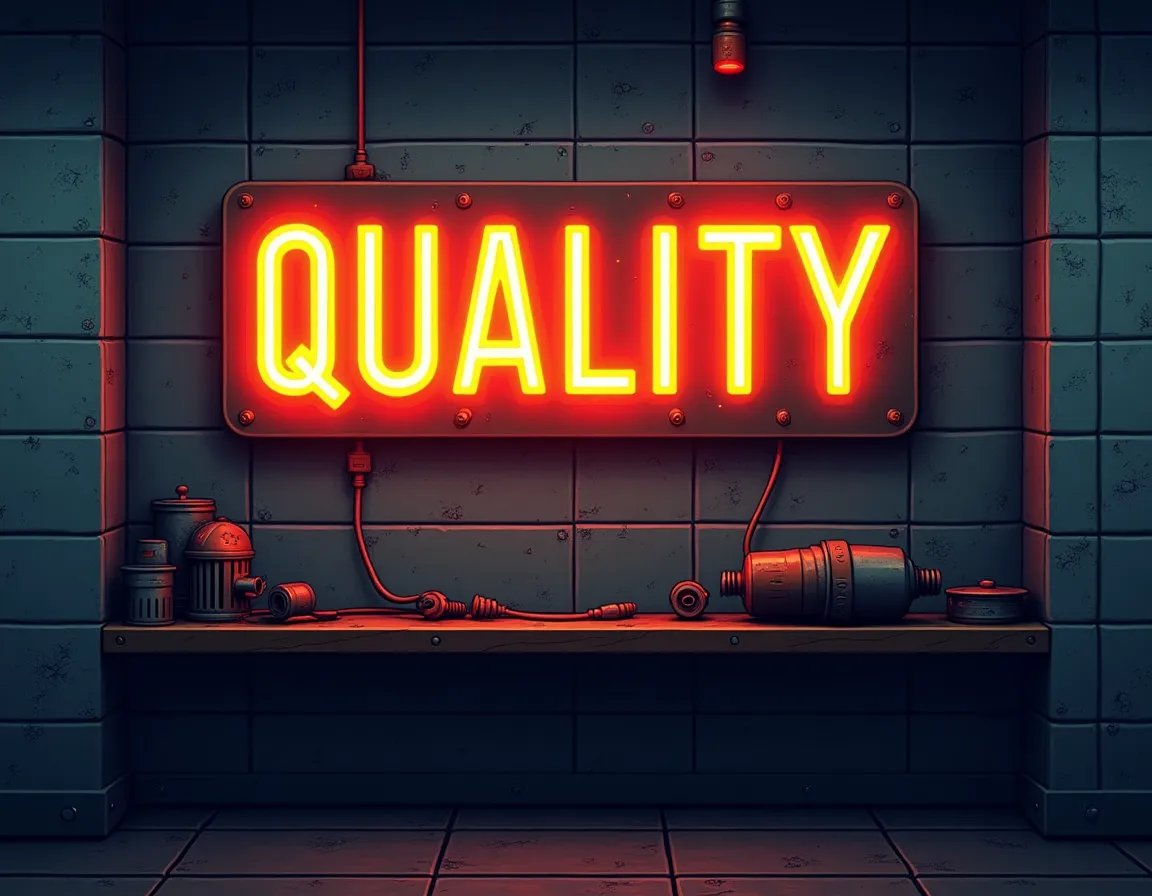
- The "--q" parameter affects image generation speed and GPU credits
- Lower values generate less detailed images, which are helpful for experimenting with new prompts
- Higher values cost more credits and can improve image texture and details, but may reduce coherency
- Accepted values:
- Model version 6.1: 0.5 - 2
- Model version 6: 0.25 - 1
- The default value is 1
Style
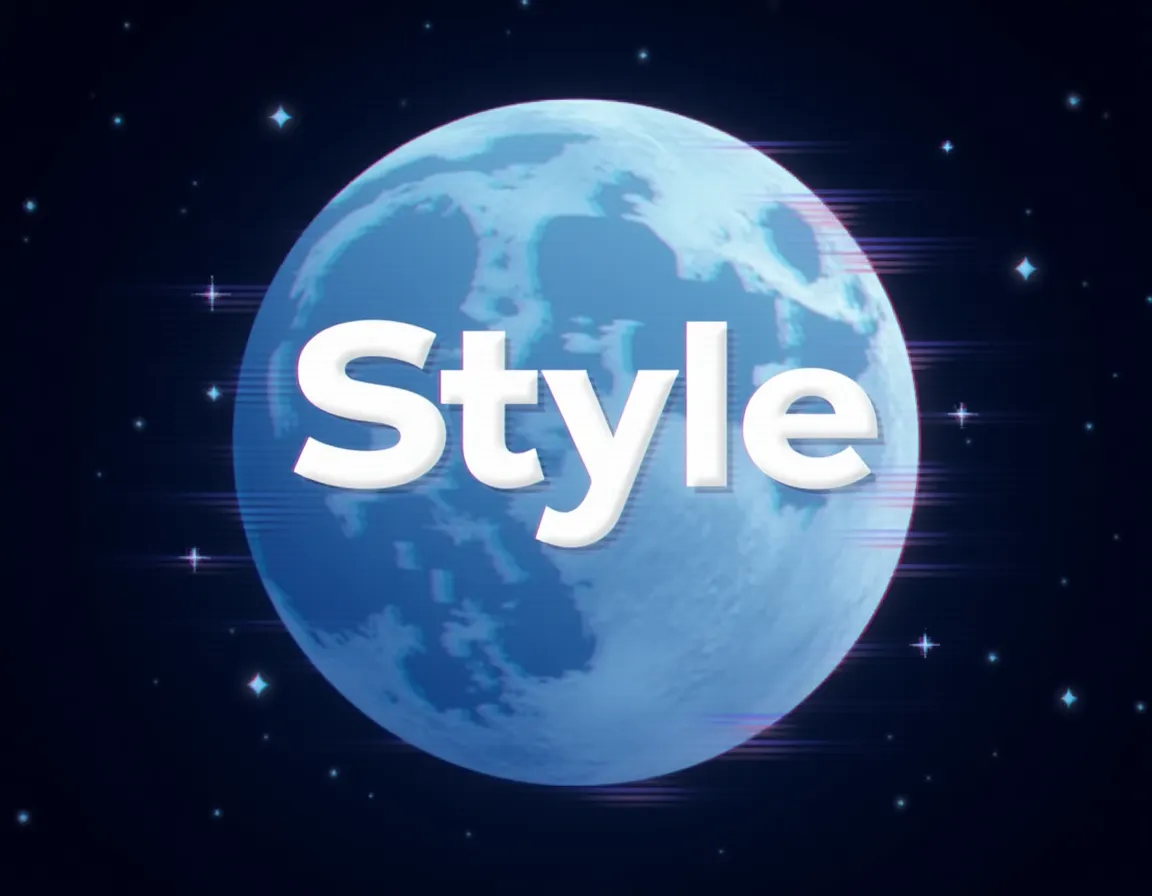
- Not the same as Stylize
- Corresponds with "Mode" in settings, allowing switching between Standard and Raw styles
- Use "--style raw" to minimize Midjourney's default style influence, creating more photorealistic and natural-looking images
Stop
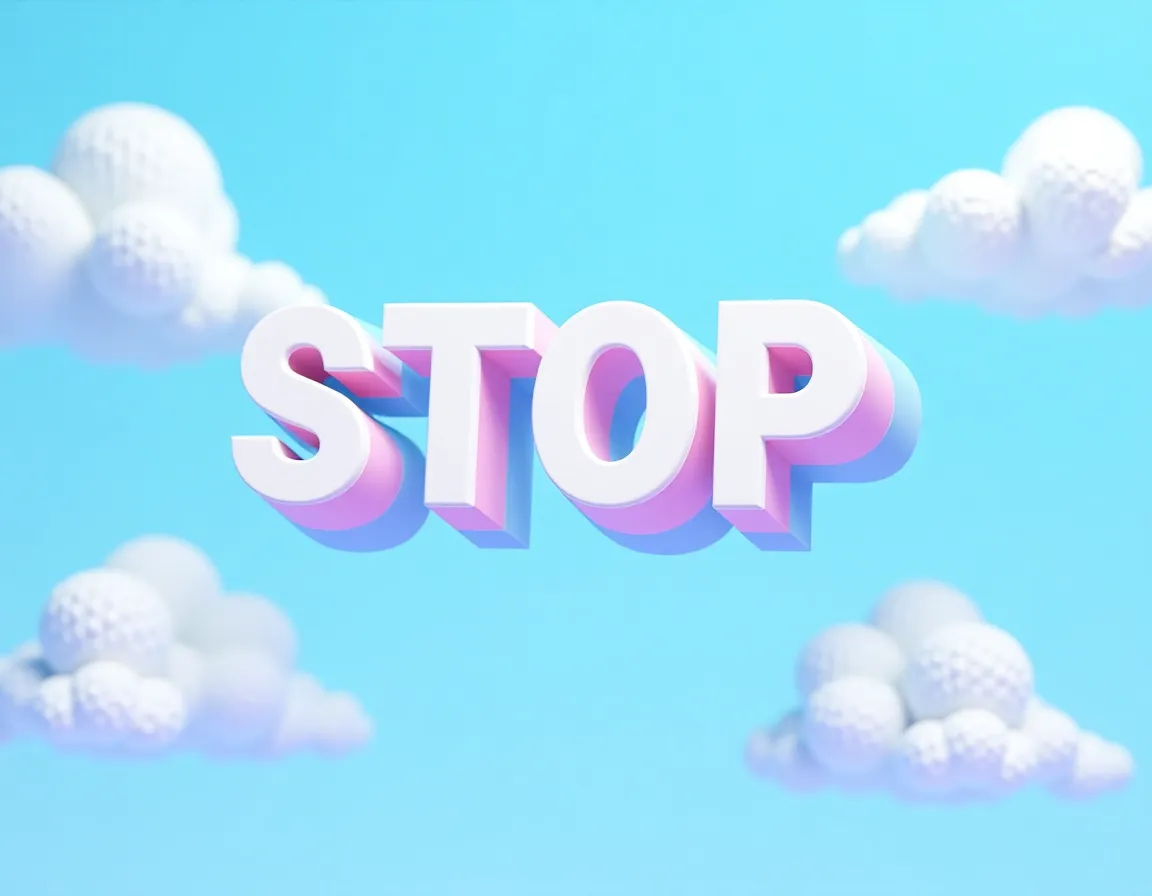
- The "--stop x" parameter finishes image generations partway through the process
- The x value should be between 10-100 (percentage)
- Lower values create blurrier, less detailed results
- The default value is 100
- An example prompt is provided: "A hand holding a baseball --stop 50"
Speed Modes (Relax, Fast, Turbo)
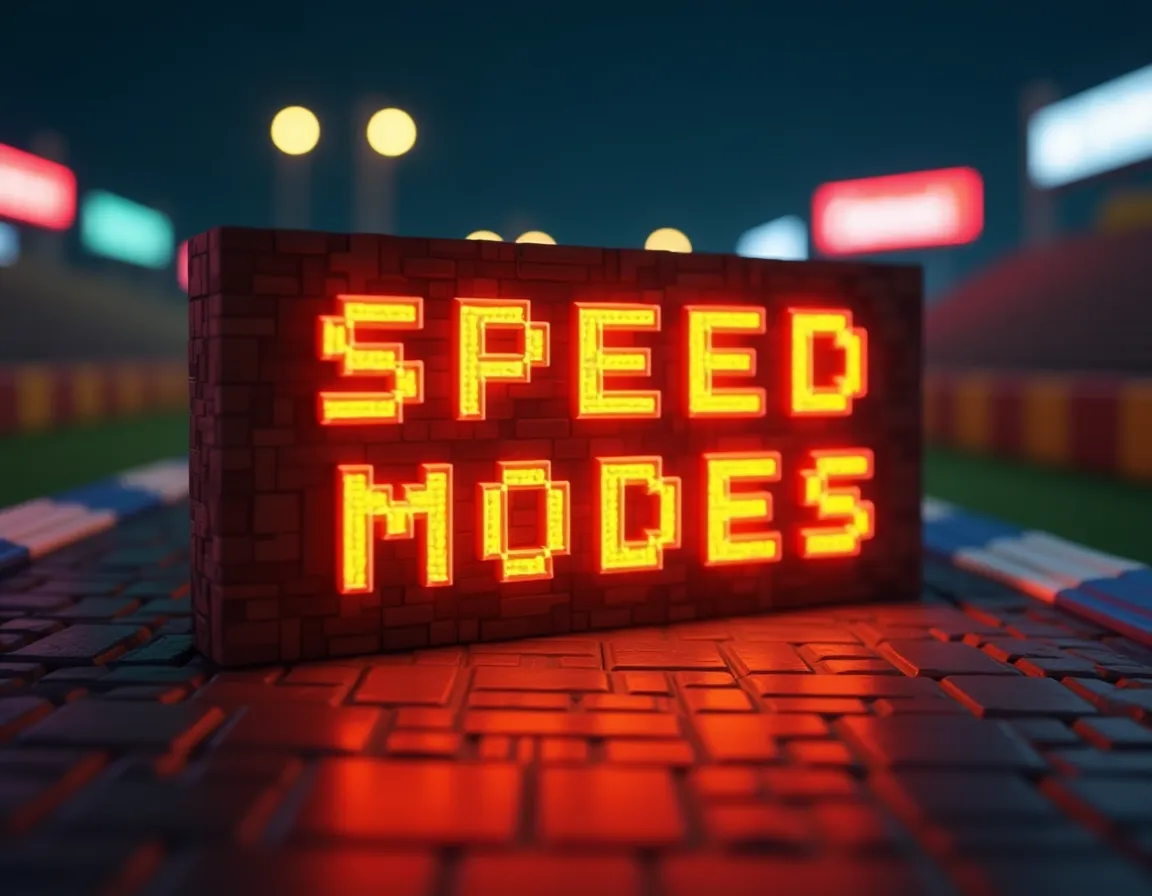
- Relax mode (--relax): Slower but has uncapped generation capability. Only available with Standard Plan or higher
- Fast mode (--fast): This is the default setting. Can be activated by including "--fast" in your prompt if another mode is selected in settings
- Turbo mode (--turbo): The fastest option (up to 4x faster), but uses twice as many credits
Tile
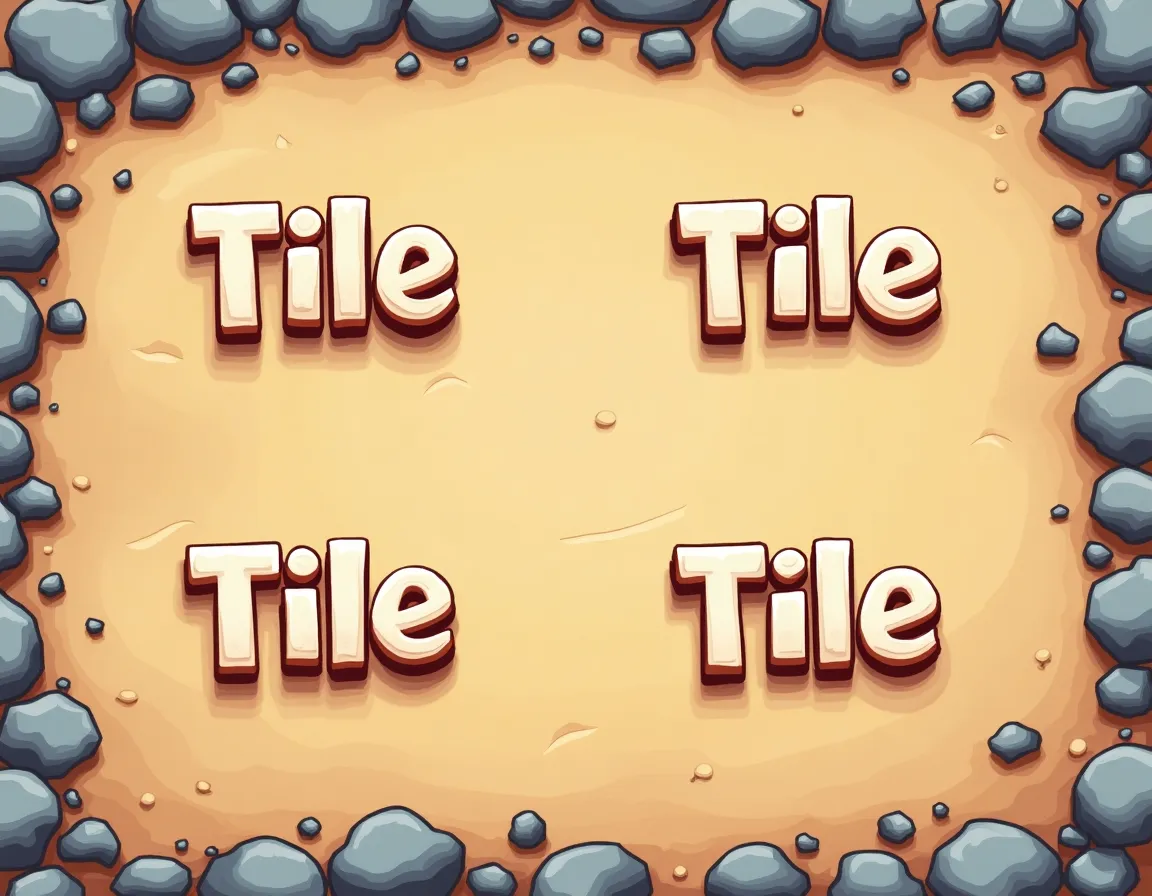
- The "--tile" parameter generates images that can be used as seamless repeating patterns or textures
- It's beneficial for creating:
- Wallpapers
- Game textures
- Wrapping paper designs
- Important limitation: This feature does not work with Niji models
Personalize
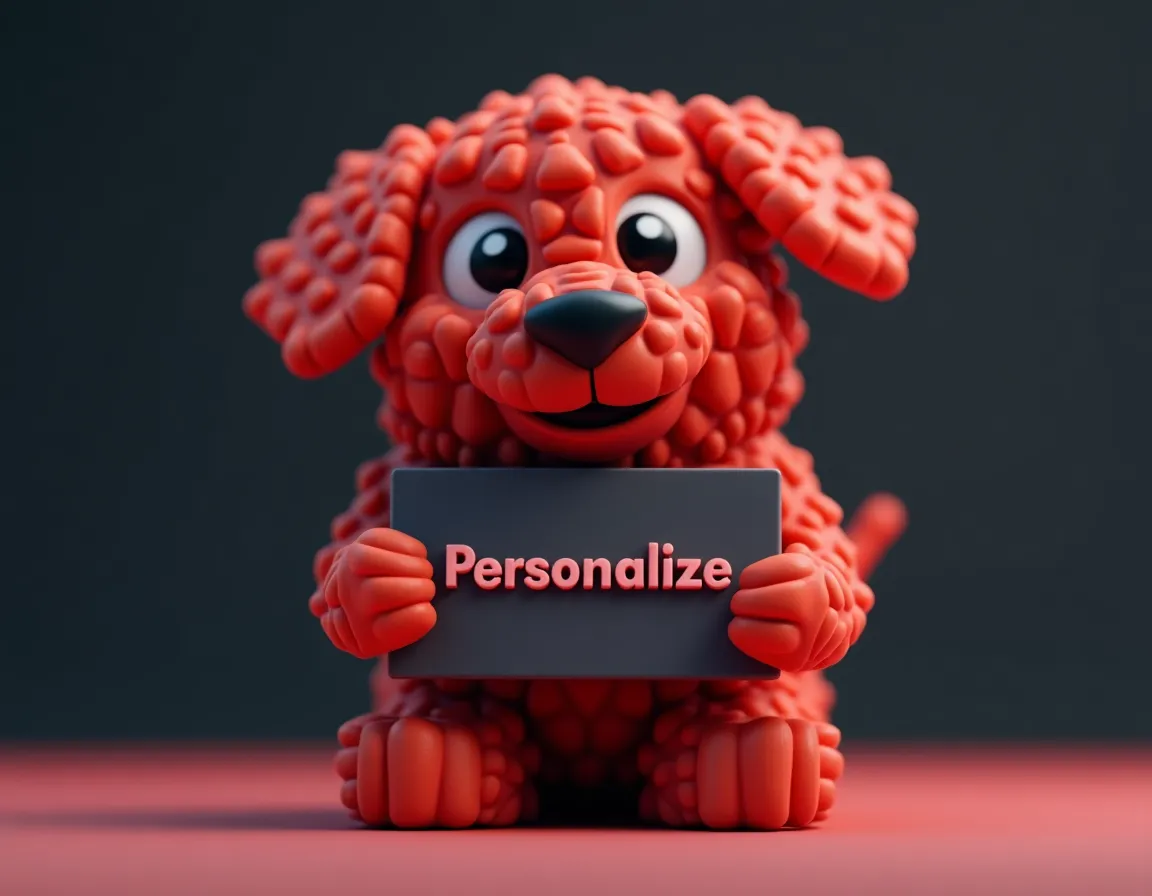
- The "--p" parameter becomes available after training your personalized model by ranking images in the Personalize workspace
- Midjourney generates a unique code for your preferred style that can be shared with others
- A minimum of 40 images need to be ranked to access personalization, with better results as more images are ranked
5. Midjourney Art Style Prompts: Using Reference Images
Midjourney Style Prompts
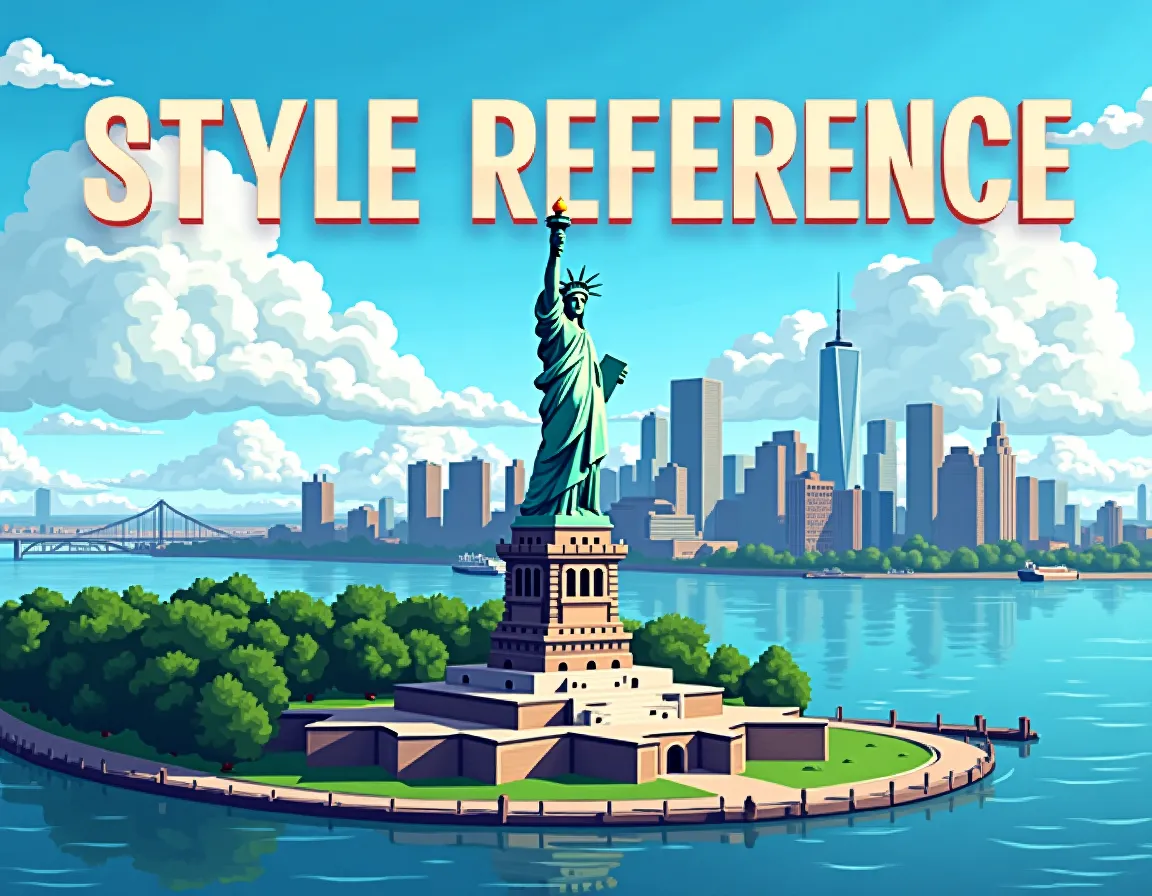
- Style Reference images are used to affect the overall style and aesthetic of generated images
- You can control the Style Reference effect strength using the "--sw" parameter (detailed in the next chapter)
- Use your selected preparatory material image as the prompt
Character Reference
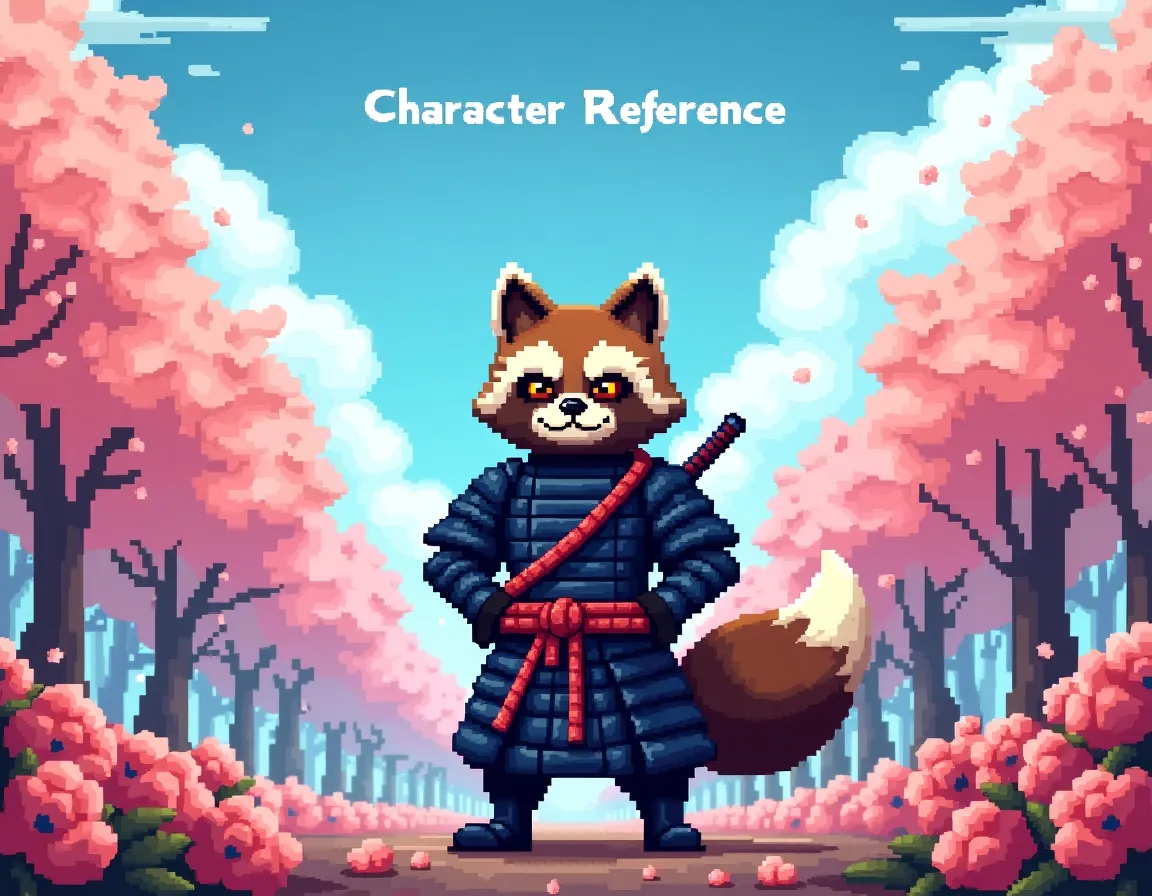
- Character Reference allows you to use the same character in multiple different situations
- It's recommended to use an image with only one character for best results
- Character Reference works best with images generated with Midjourney
- While not perfect, the model may miss minor details like logos or freckles
- The strength of Character Reference can be adjusted using the "--cw" parameter
Multiple References
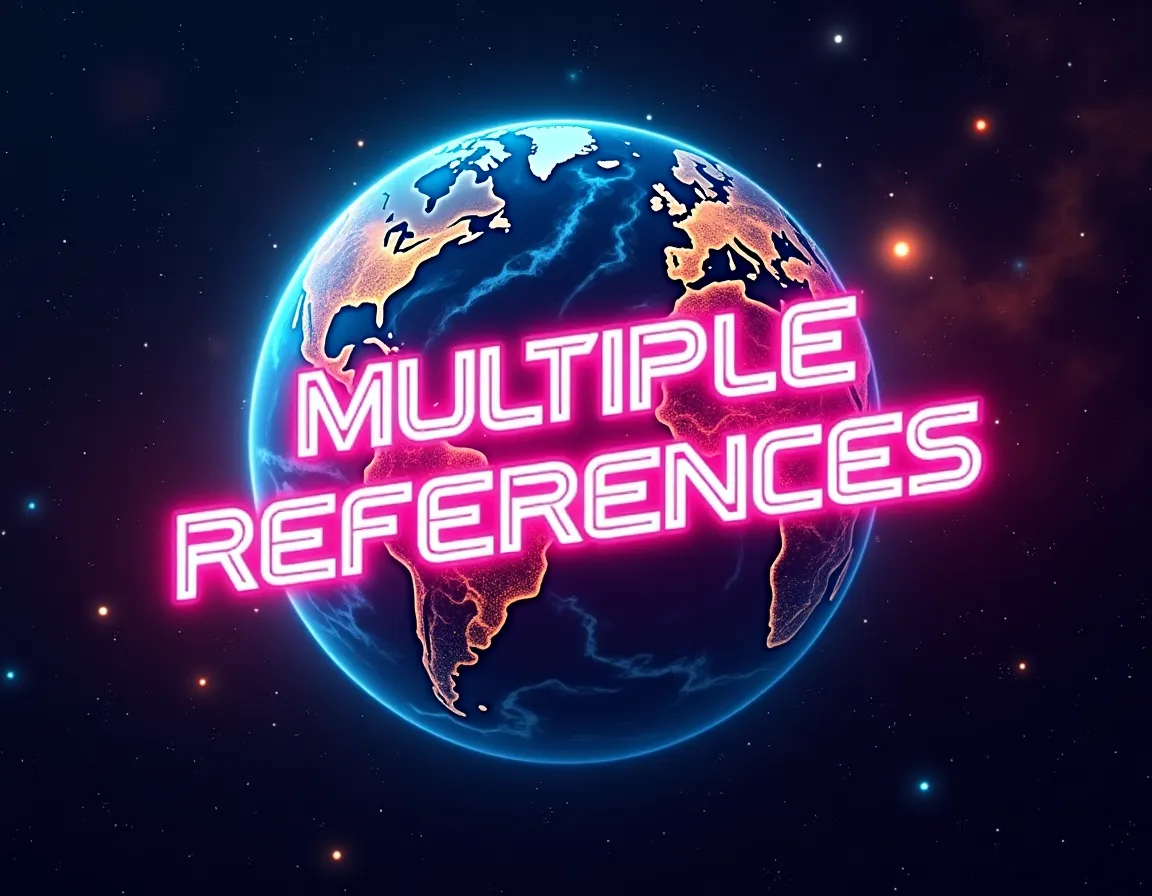
- Using multiple different reference images allows you to 'blend' images together
- You can merge different aesthetics, characters, and compositions from multiple images to create unique outputs
- Images can be used from your generated images or the Explore workspace, with different roles:
- One as the Image Prompt
- Another as the Style Reference
- A third as the Character Reference
6. Conclusion: Mastering Midjourney Prompts
Crafting effective Midjourney prompts is both an art and a science. As we've explored throughout this guide, the quality of your prompts directly influences the images you'll generate. By understanding the fundamental structure, parameters, and reference techniques, you can significantly improve your results and unlock the full creative potential of AI image generation.
From Inspiration to Implementation
Whether you're a digital artist, designer, marketer, or creative enthusiast, the ability to precisely communicate your vision to AI tools like Midjourney opens up endless possibilities. Remember these key takeaways:
- Start with clear, specific descriptions of your subject
- Incorporate artistic style references when appropriate
- Use parameters strategically to fine-tune your results
- Experiment with reference images to guide the AI
- Keep refining your approach based on results
Streamline Your AI Art Workflow
If you're looking to enhance your Midjourney prompting skills further, ImagesArt.ai offers complementary tools that can significantly improve your workflow:
- Image to Prompt Converter: Found an inspiring image but can't figure out how to describe it for Midjourney? Our Image to Prompt tool can analyze any reference image and generate detailed prompt descriptions that capture its essential elements. This is particularly valuable when you want to recreate a specific style or composition but struggle to articulate it in words.
By combining the techniques learned in this guide with these specialized tools, you can develop a more efficient and effective approach to AI image generation. The key to mastery is consistent practice, thoughtful experimentation, and a willingness to learn from both successful and unsuccessful attempts.
References and Citations
- Midjourney, Inc. (2025). Prompt Basics. Midjourney Documentation.https://docs.midjourney.com/hc/en-us/articles/32023408776205-Prompt-Basics
- Midjourney, Inc. (2025). Parameter List. Midjourney Documentation.https://docs.midjourney.com/hc/en-us/articles/32859204029709-Parameter-List
- Midjourney, Inc. (2025). Multi-Prompts & Weights. Midjourney Documentation.https://docs.midjourney.com/hc/en-us/articles/32658968492557-Multi-Prompts-Weights
- Midjourney, Inc. (2025). Documentation – Midjourney. Midjourney Documentation.https://docs.midjourney.com/hc/en-us/categories/32013335627533-Documentation